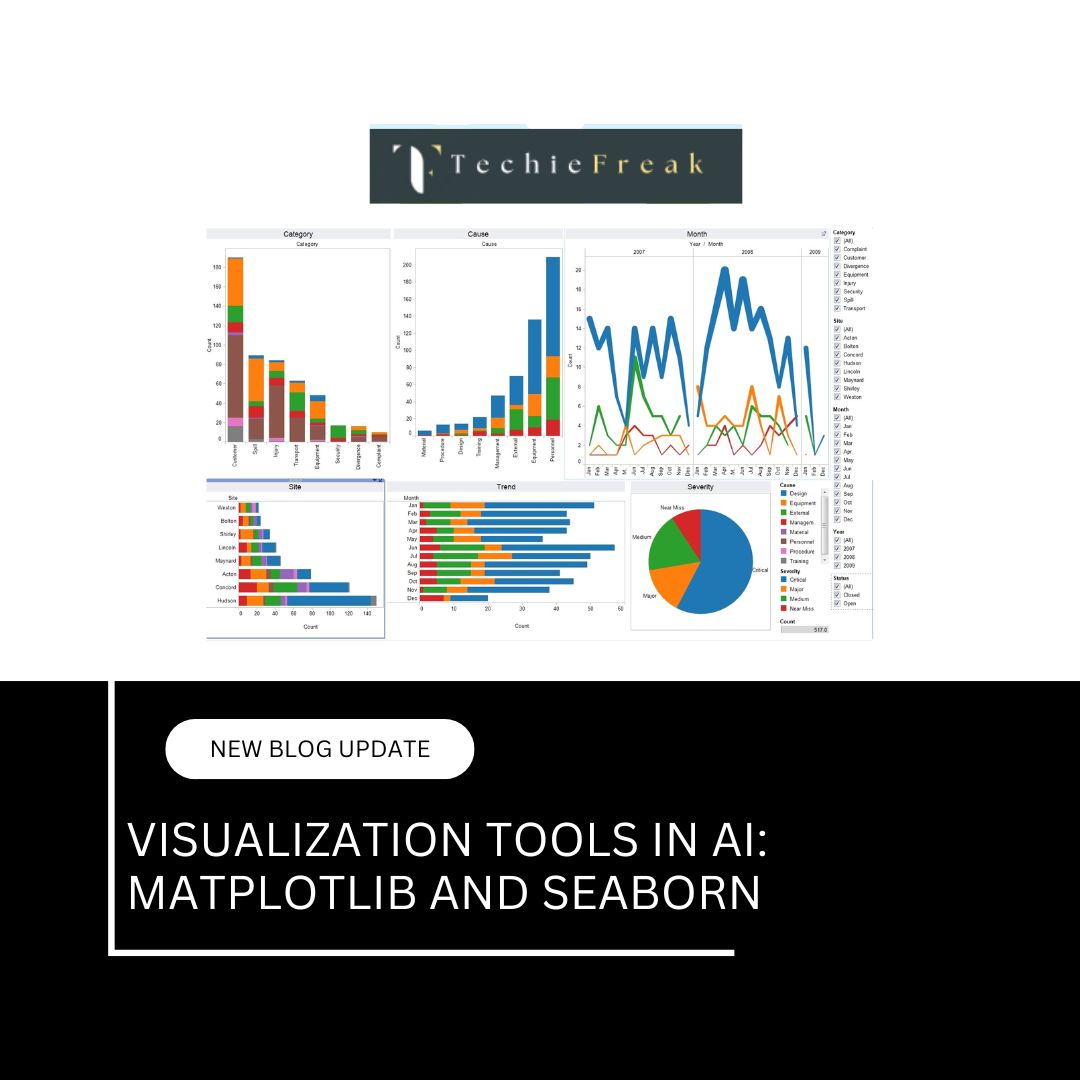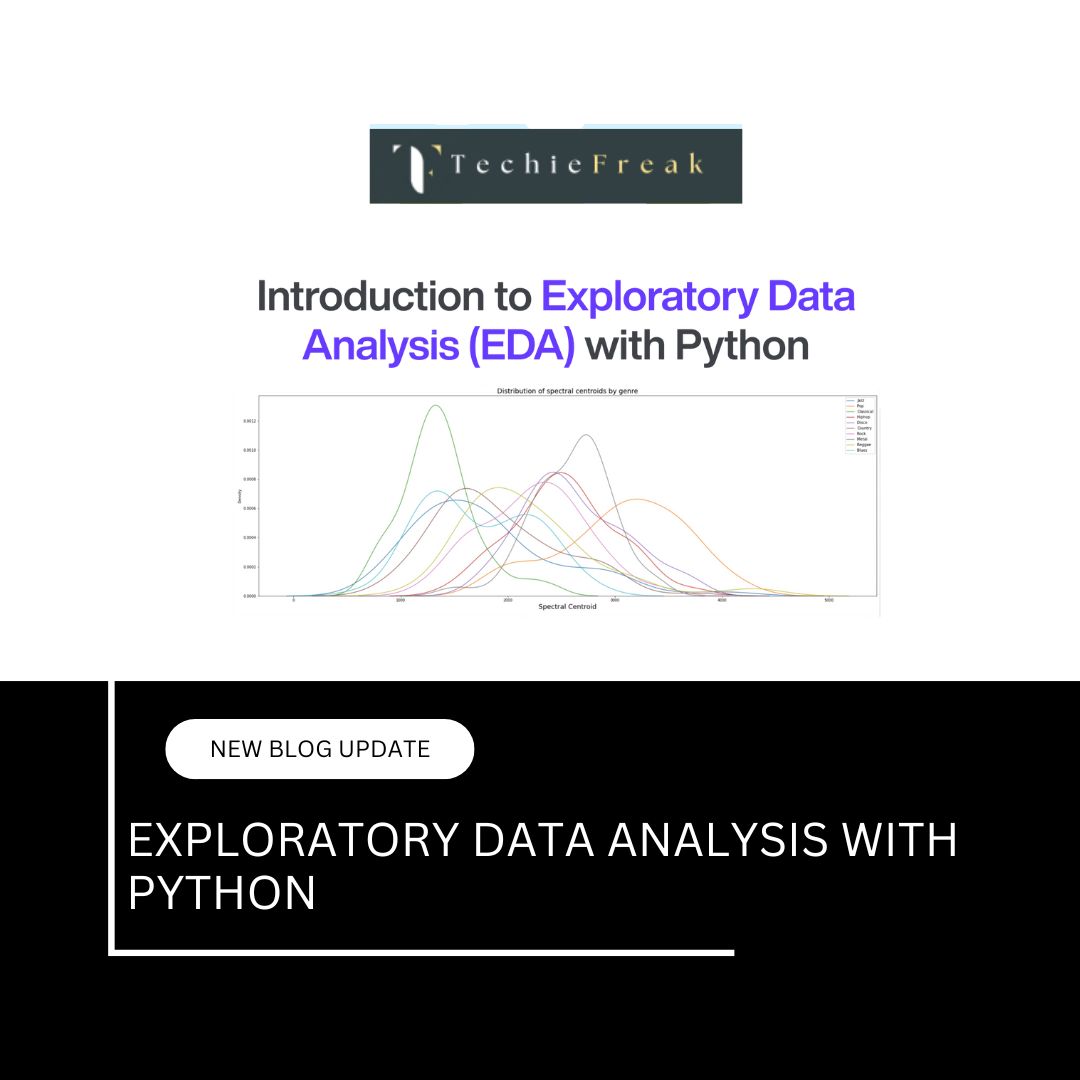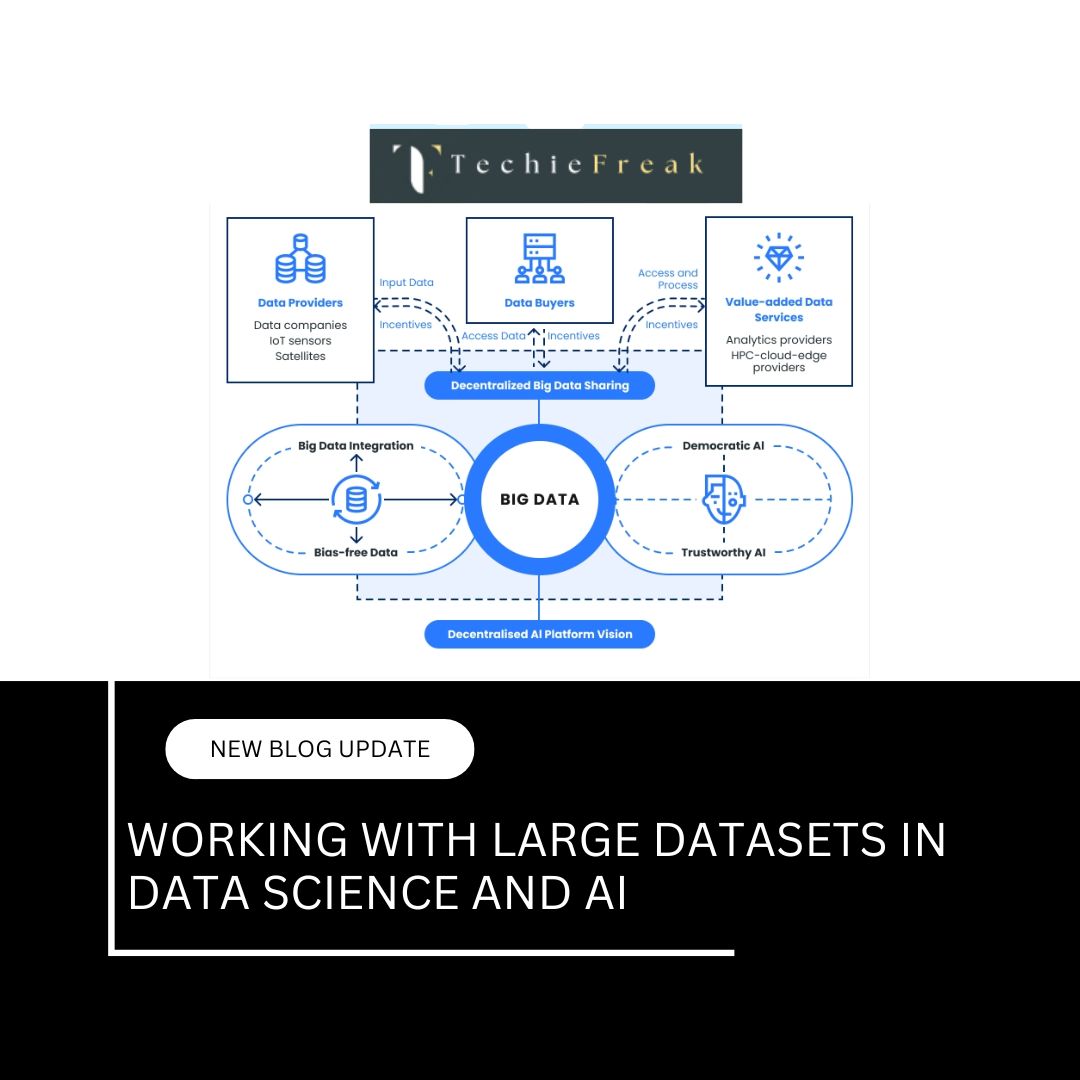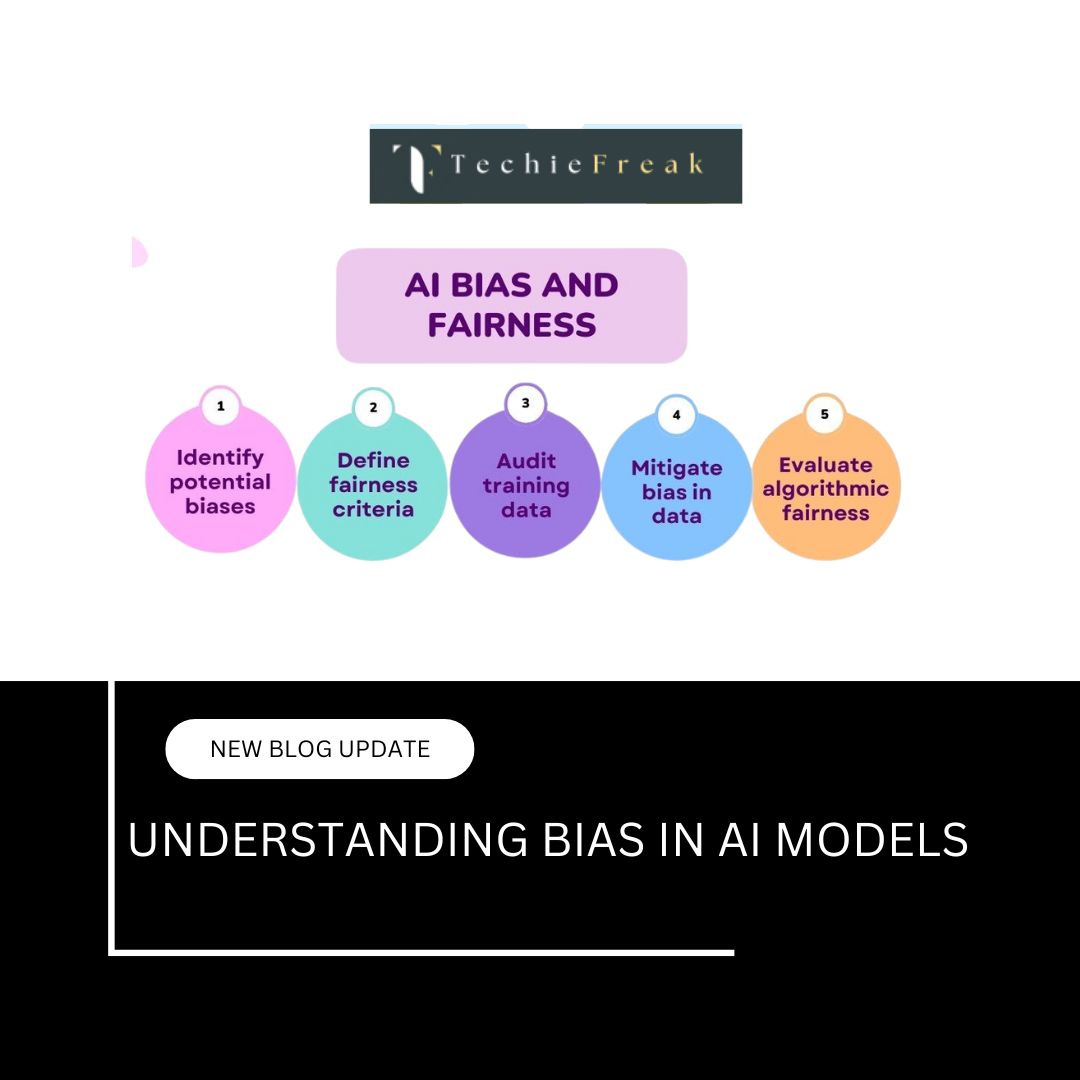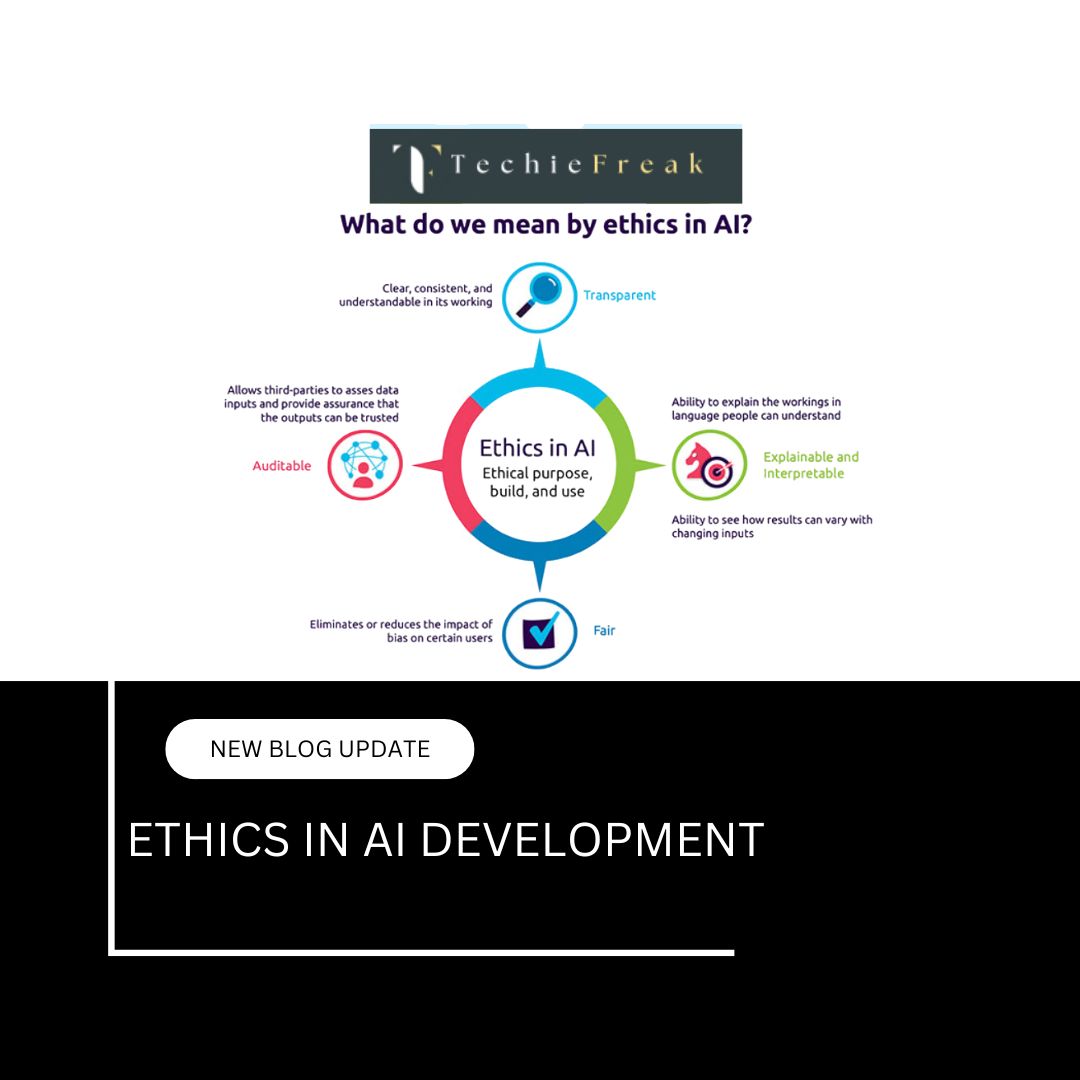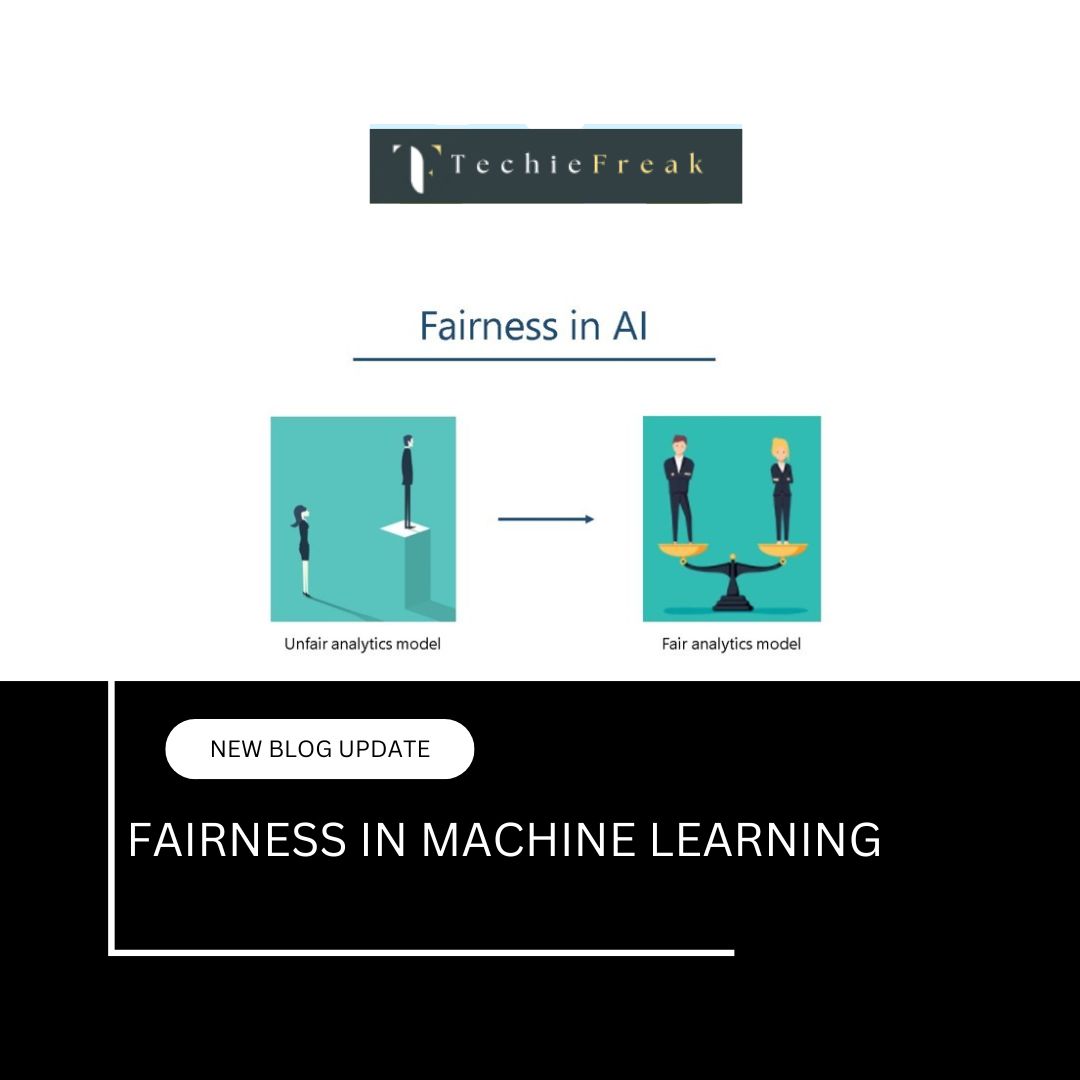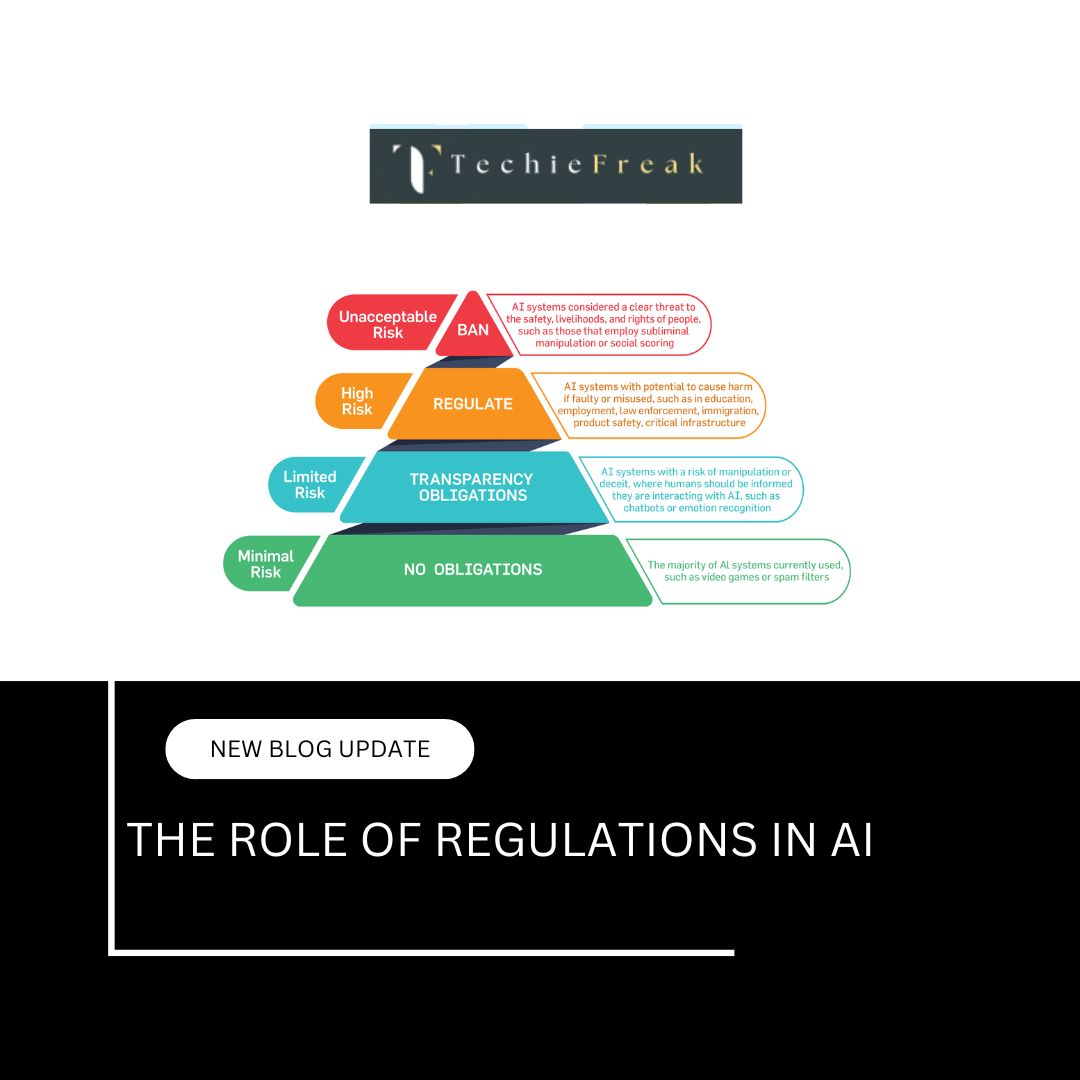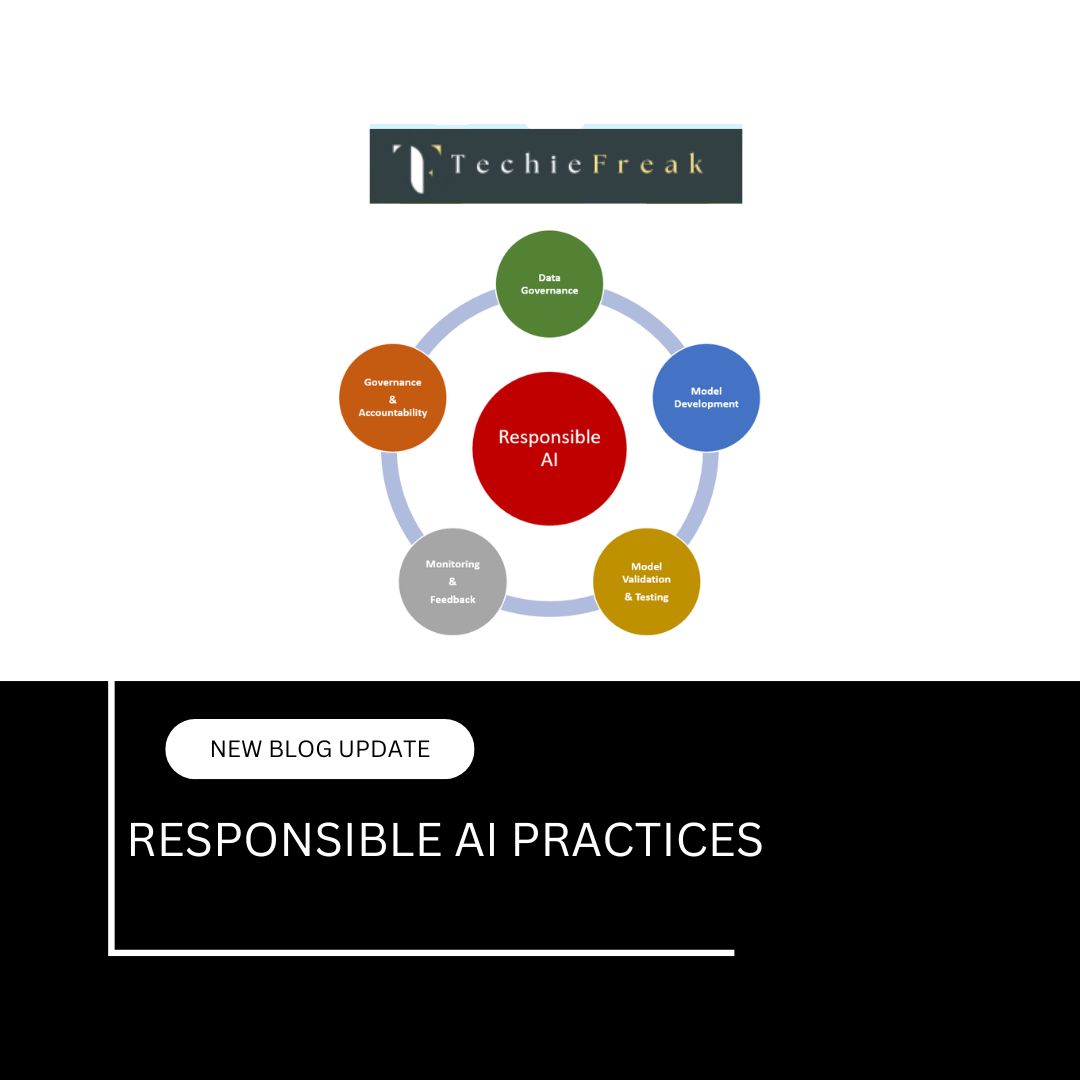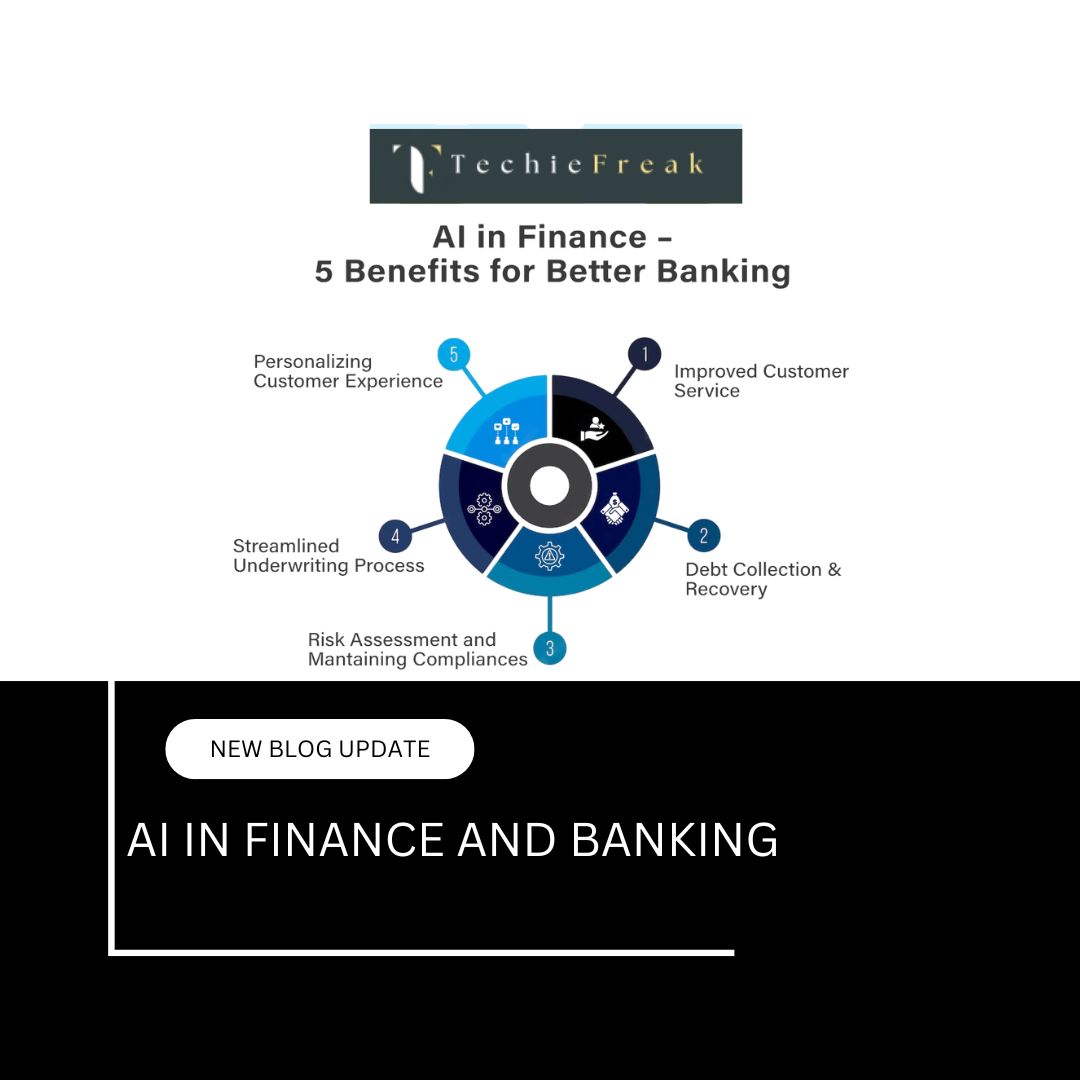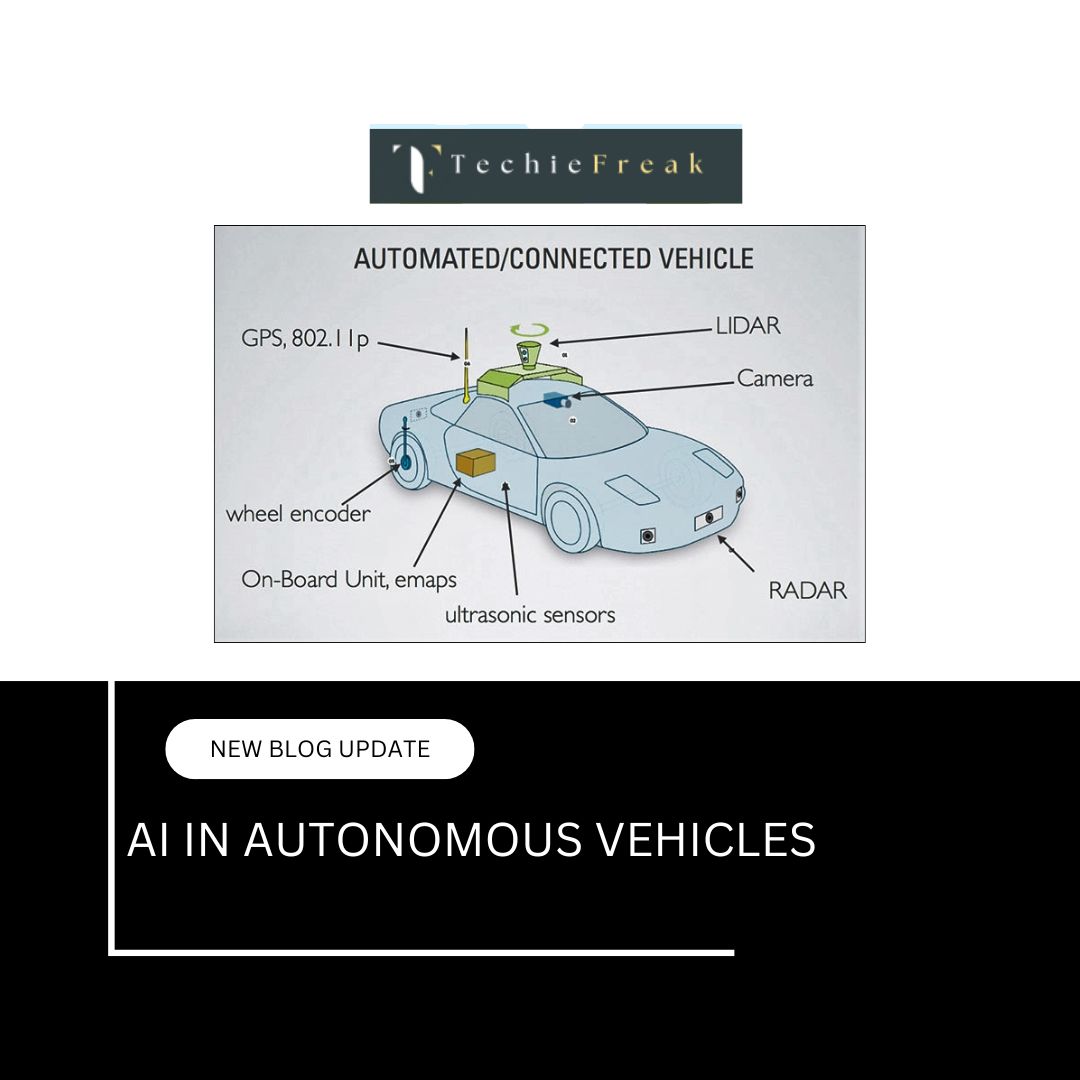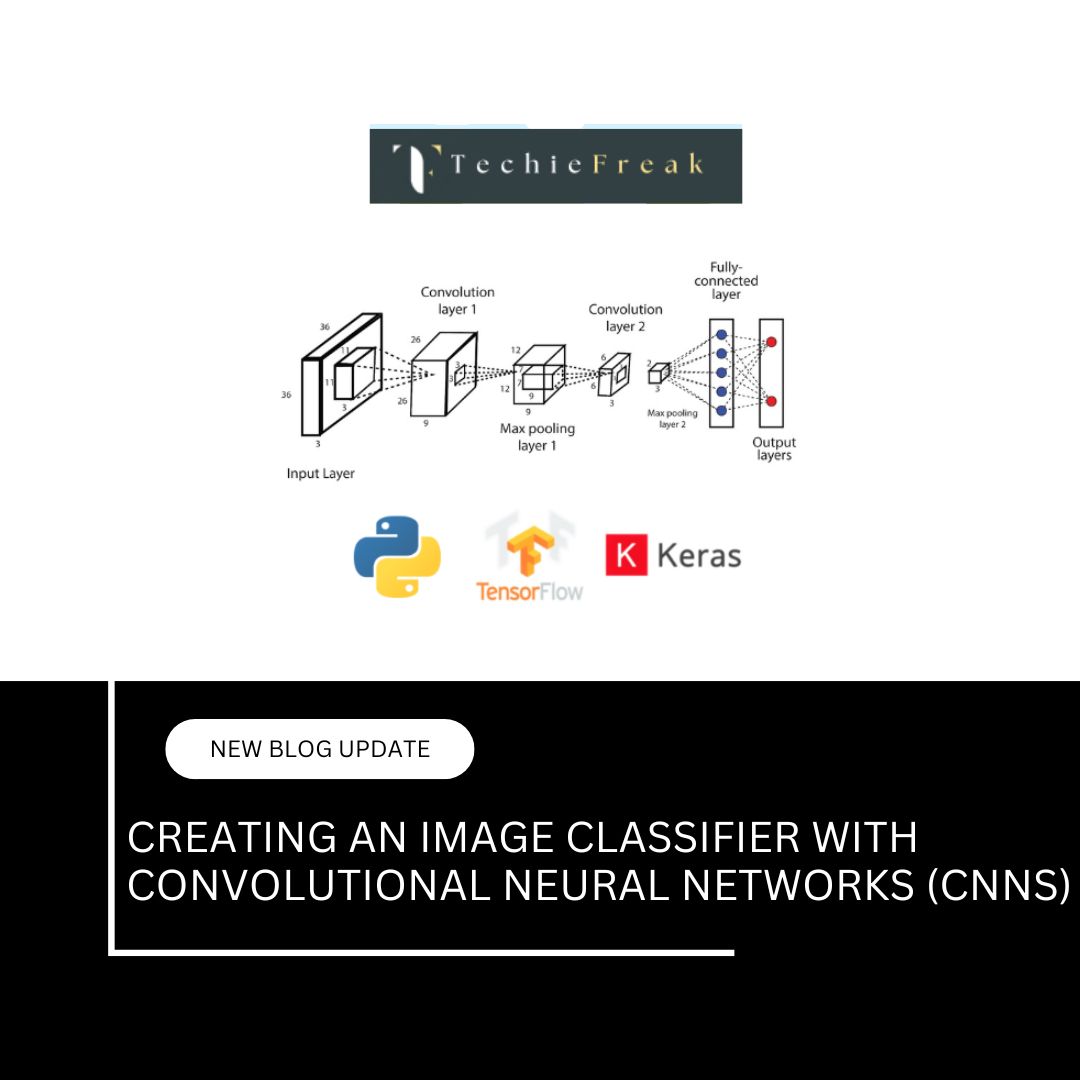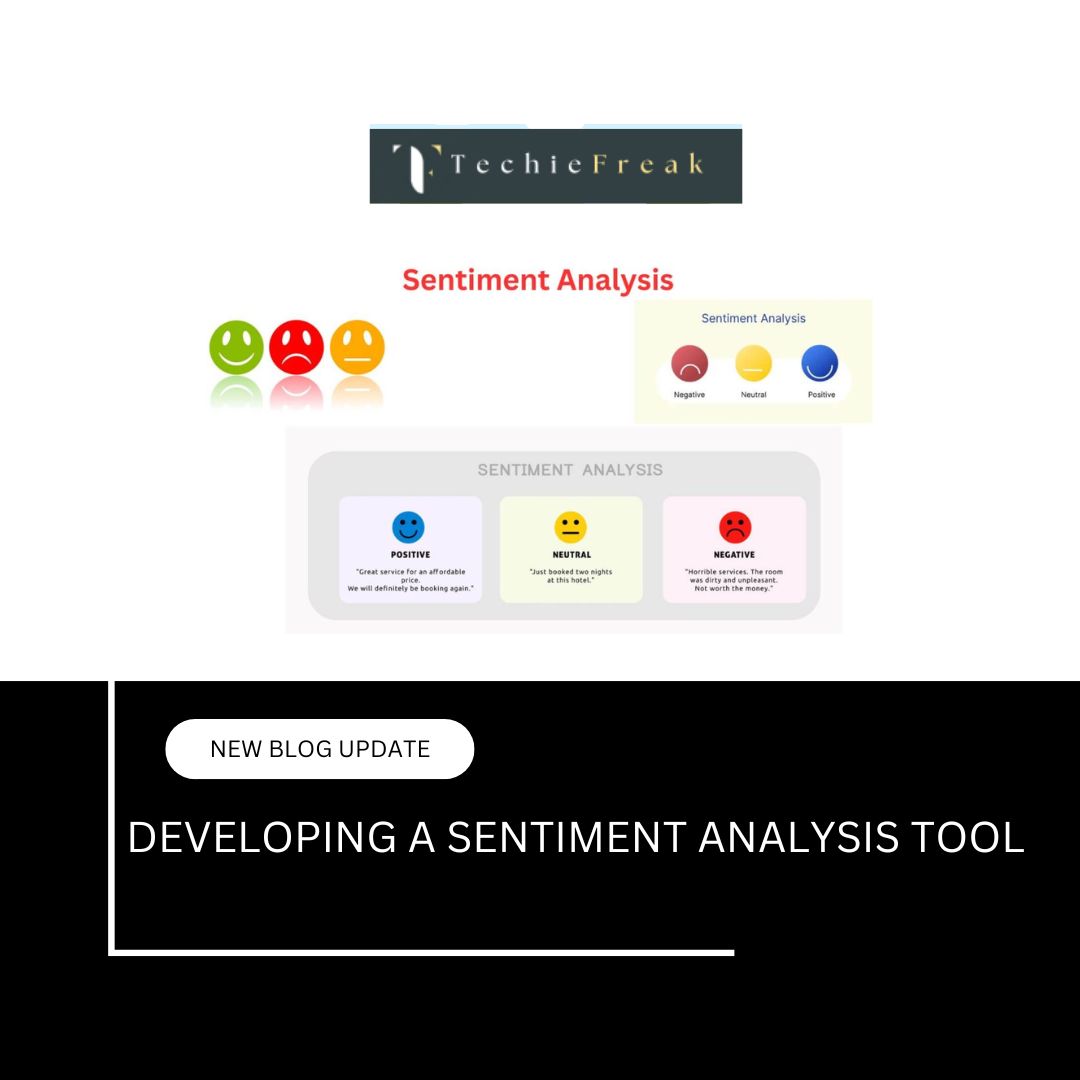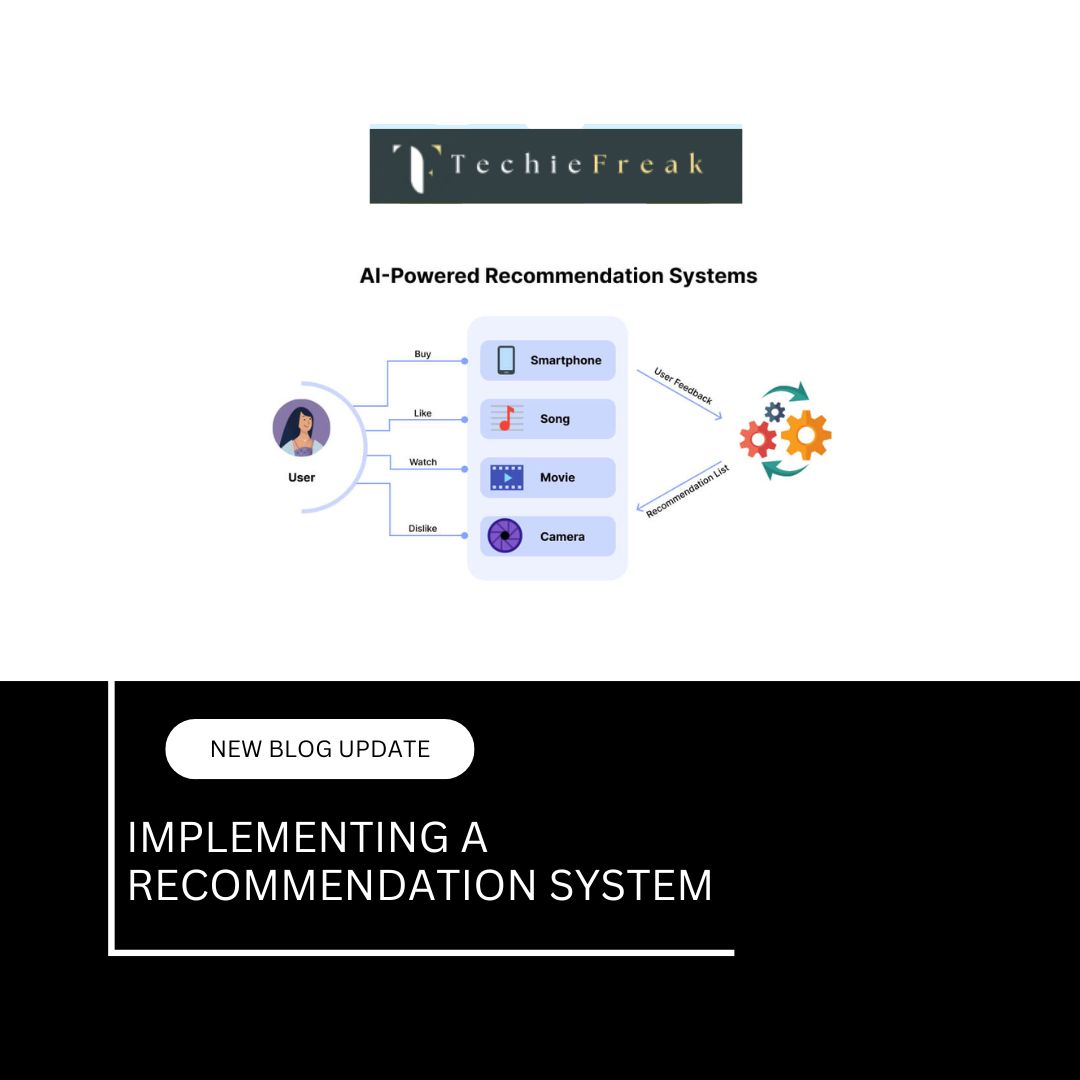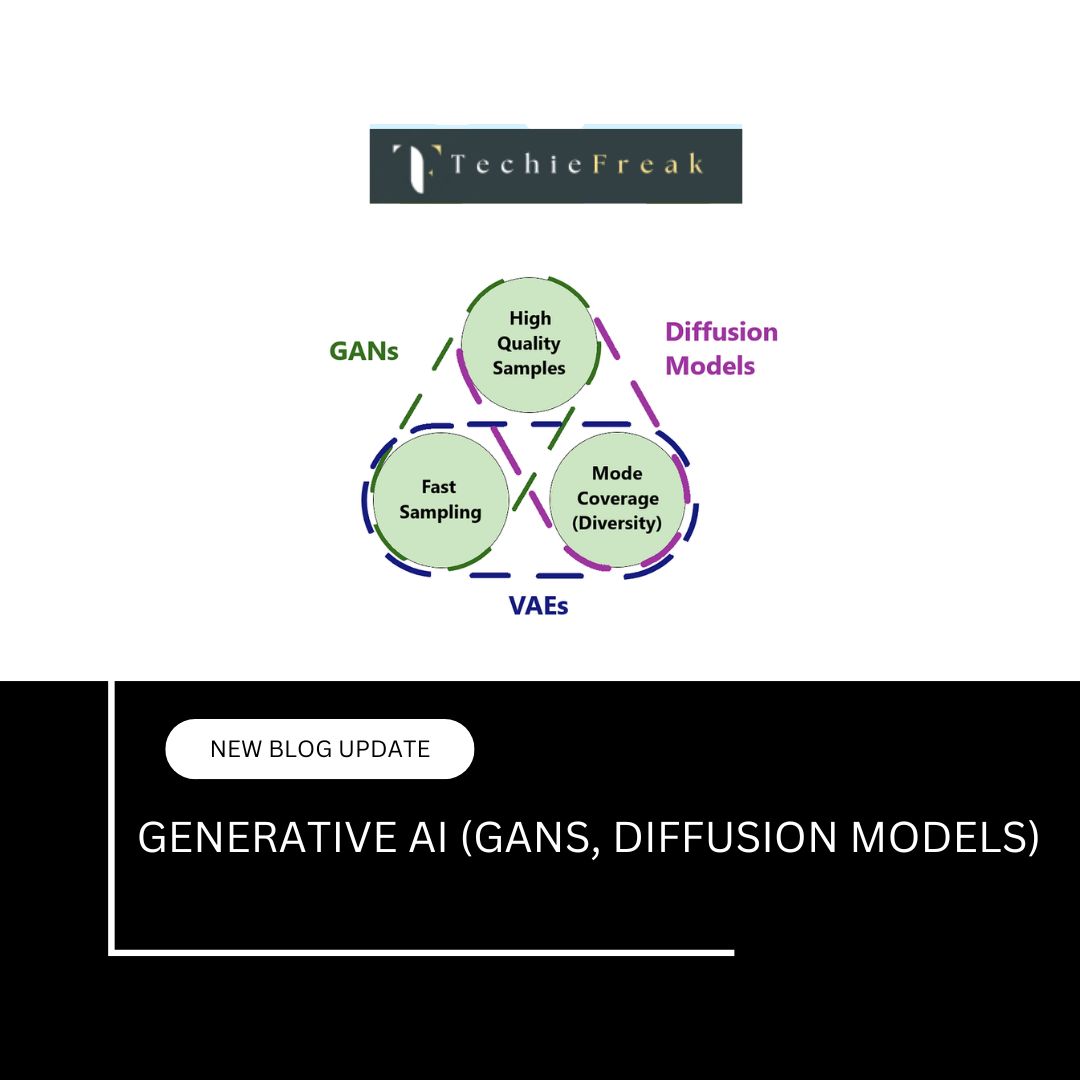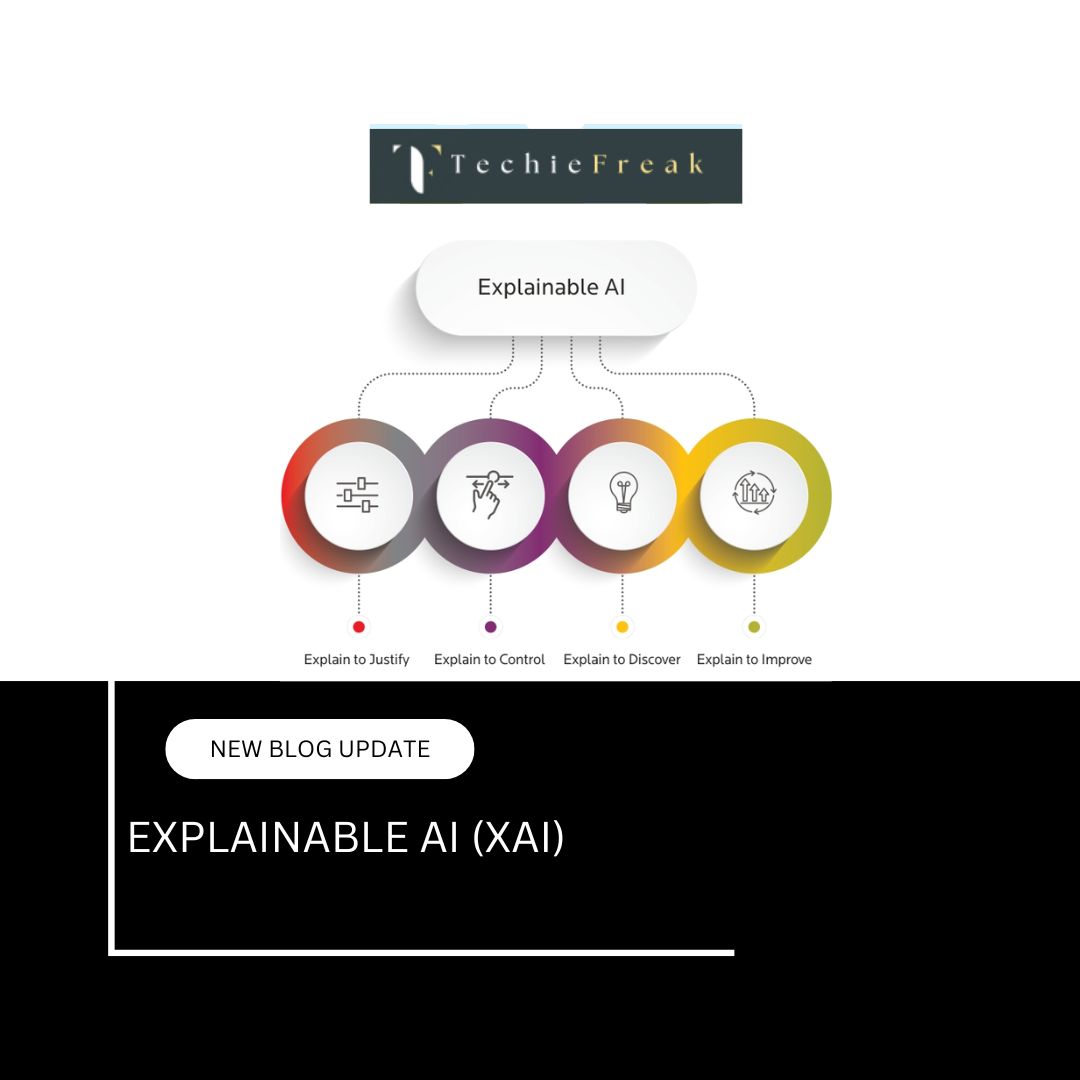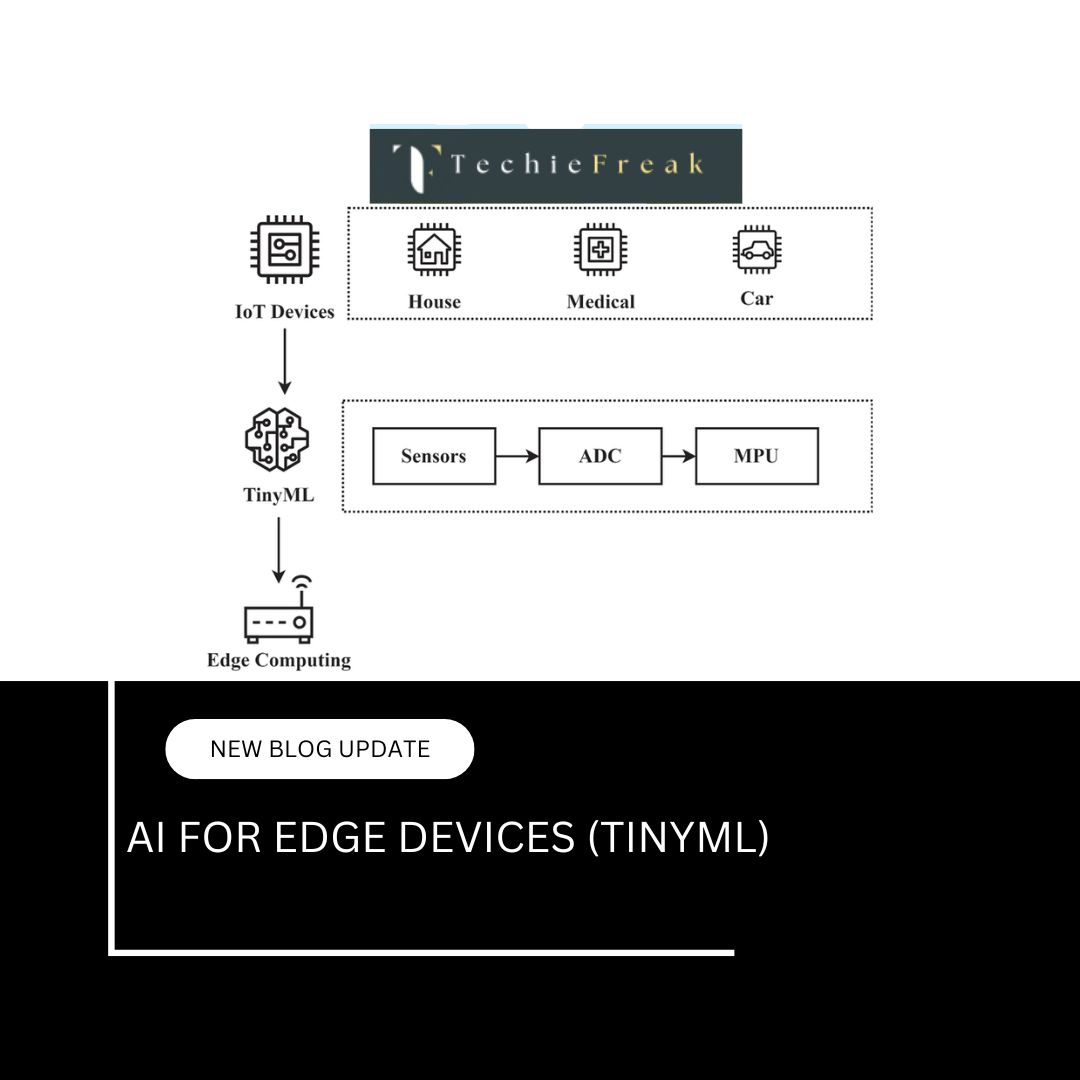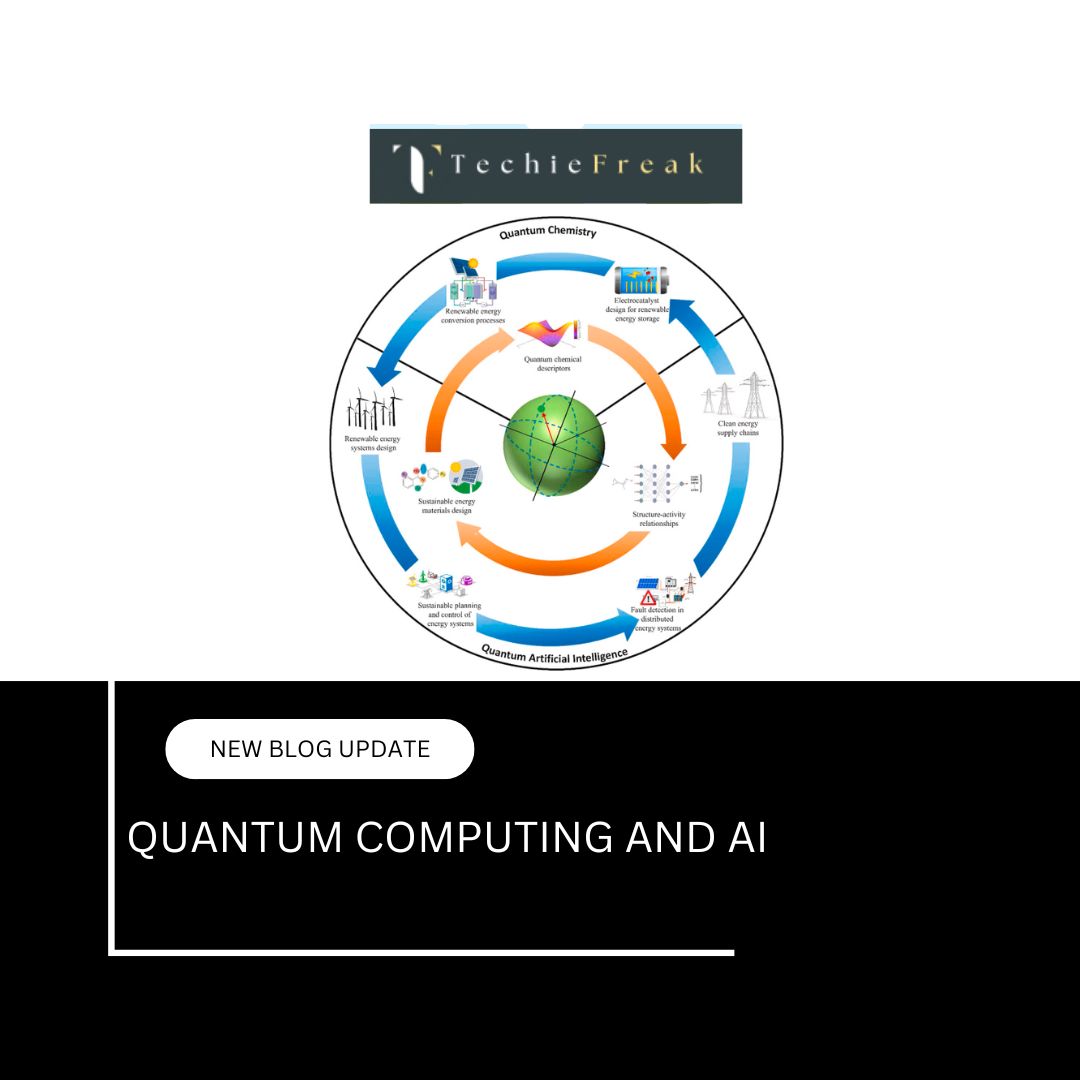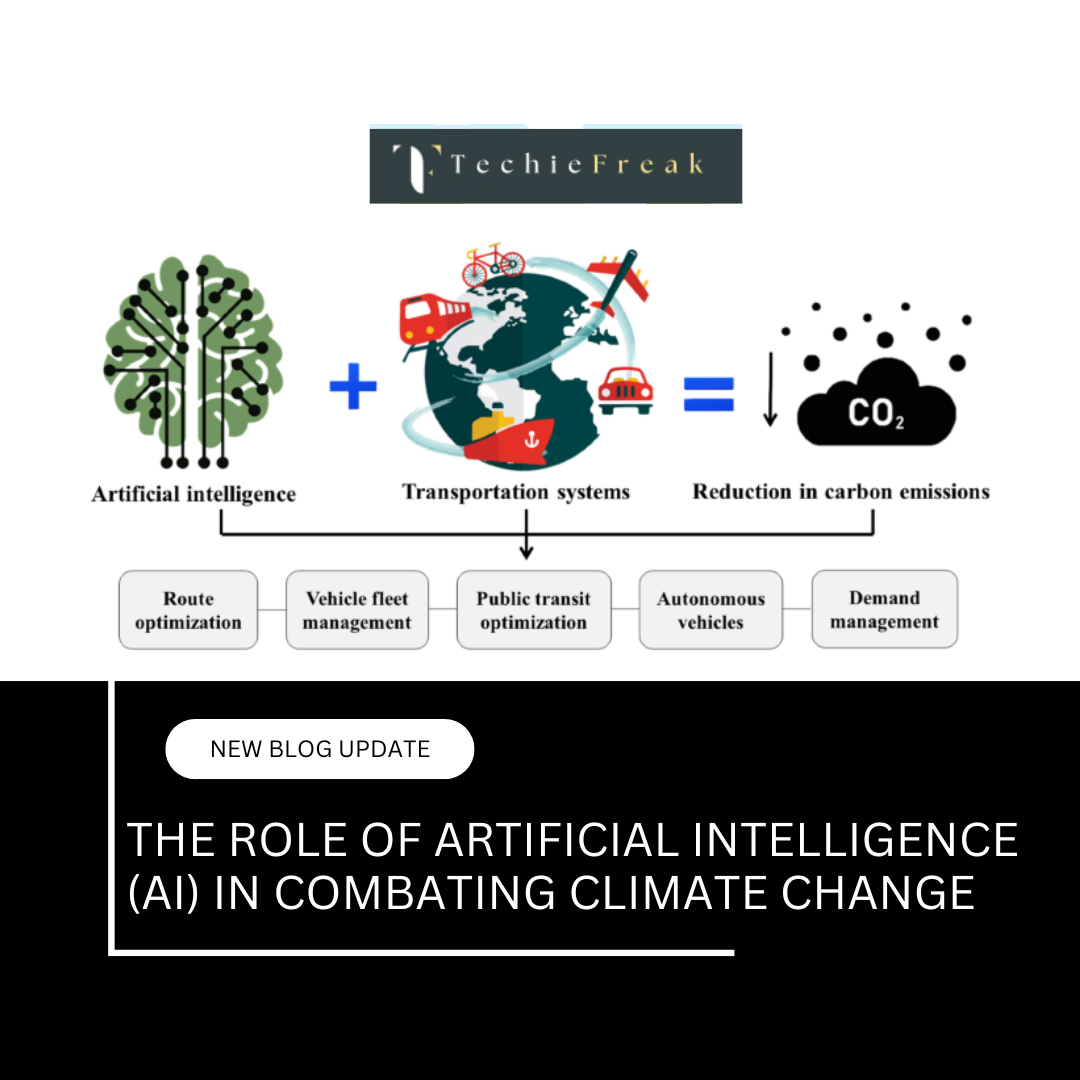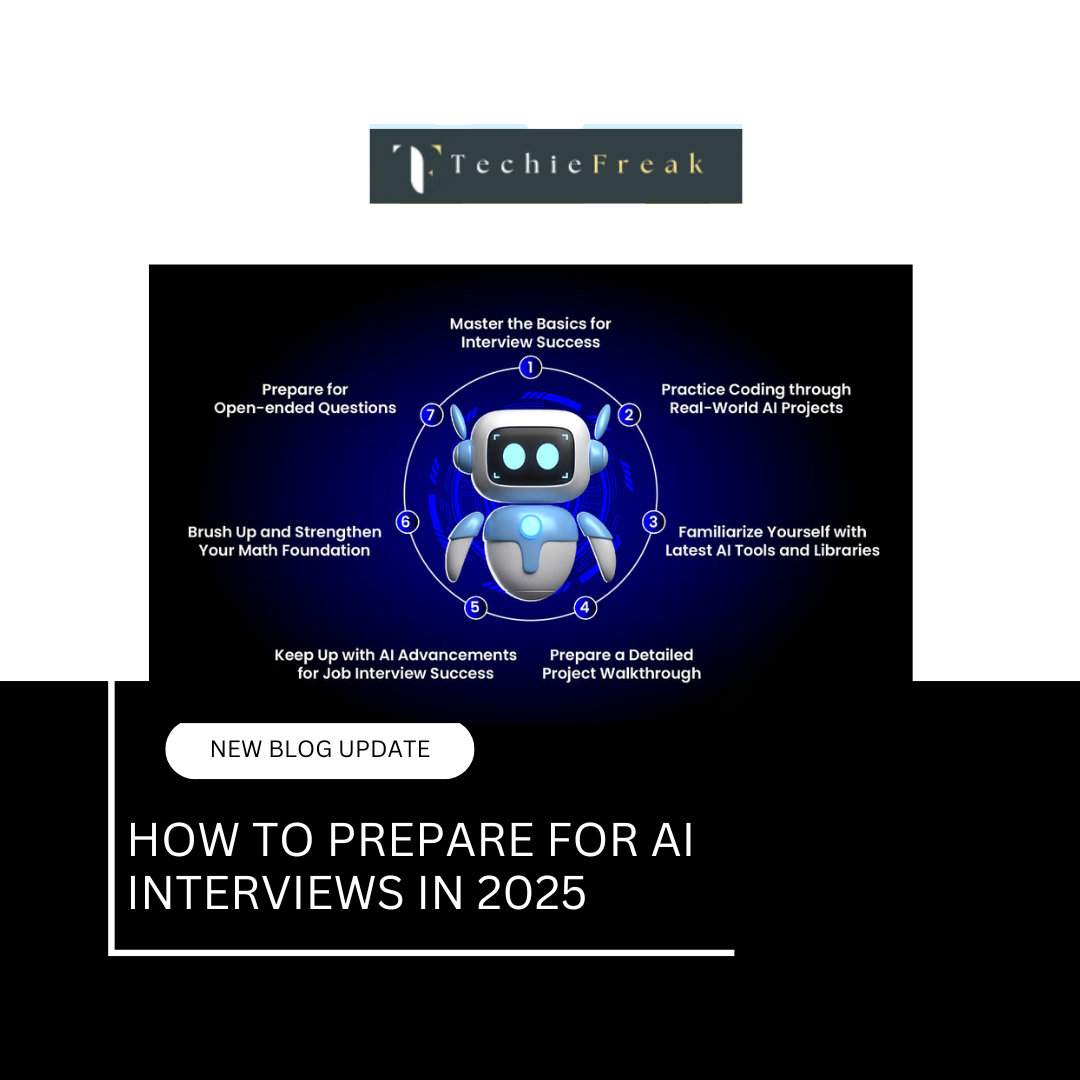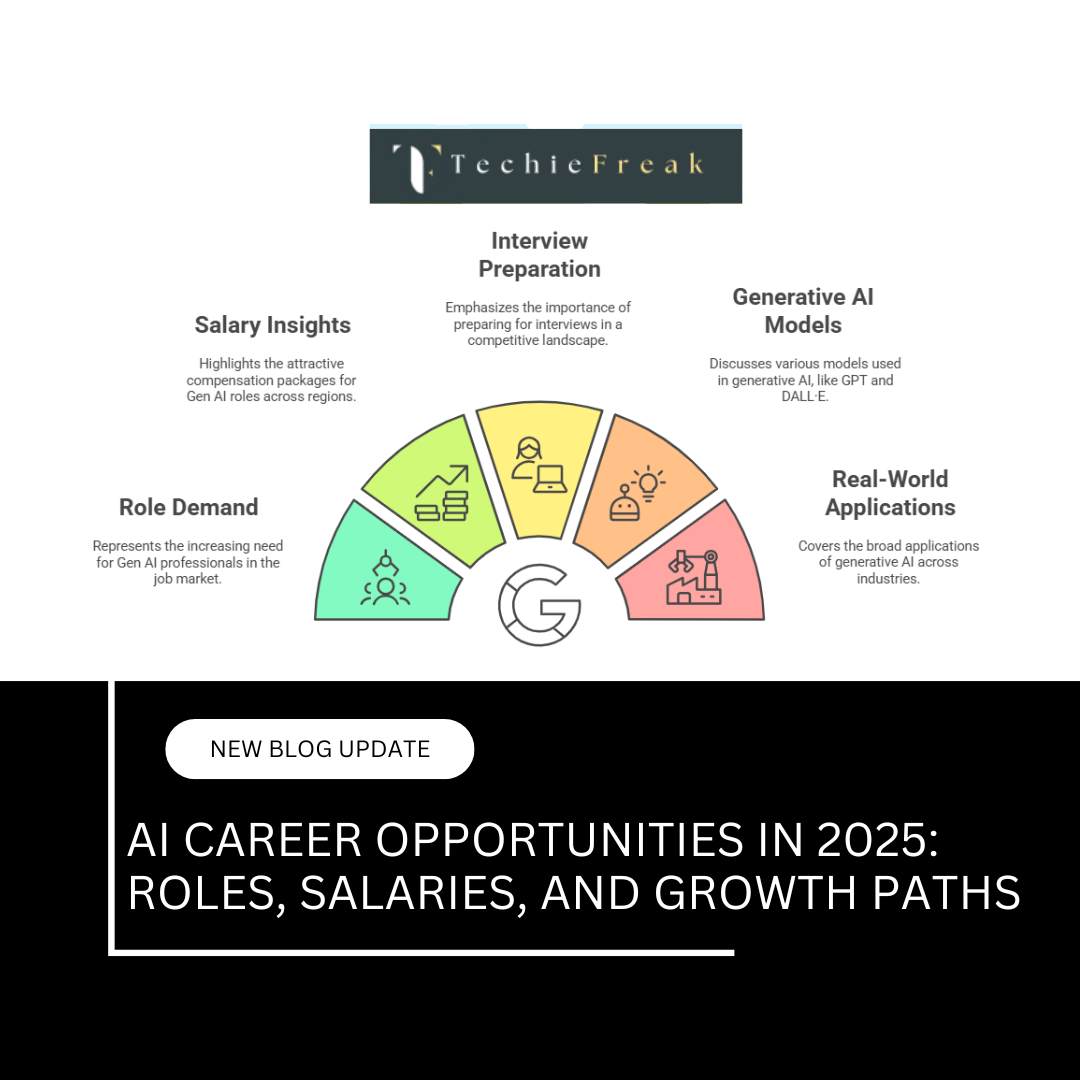Object Detection Using Faster R-CNN in OpenCV
What is Faster R-CNN?
Faster R-CNN (Region-based Convolutional Neural Networks) is an advanced object detection model that detects objects in an image with high accuracy and speed. It improves upon previous models like R-CNN and Fast R-CNN by using a Region Proposal Network (RPN) to generate region proposals, reducing computational overhead.
Key Components of Faster R-CNN
- Backbone Network (Feature Extractor)
- Uses deep CNNs like ResNet or VGG to extract features from an image.
- Region Proposal Network (RPN)
- Generates region proposals where objects might be present.
- ROI Pooling
- Extracts fixed-size feature maps for each proposal.
- Fully Connected Layers (Classification & Regression)
- Classifies the objects and refines their bounding box coordinates.
Implementation of Faster R-CNN Using OpenCV
Step 1: Install Required Libraries
Ensure you have OpenCV and NumPy installed:
pip install opencv-python numpy torch torchvision
Step 2: Load a Pre-Trained Faster R-CNN Model
We use PyTorch’s pre-trained Faster R-CNN model from the torchvision library.
import cv2
import torch
import numpy as np
from torchvision import models, transforms
# Load the pre-trained Faster R-CNN model
model = models.detection.fasterrcnn_resnet50_fpn(pretrained=True)
model.eval() # Set the model to evaluation mode
Step 3: Define Image Preprocessing Function
Faster R-CNN requires images to be normalized and resized before passing them into the model.
# Define the image transformation pipeline
transform = transforms.Compose([
transforms.ToTensor(), # Convert image to tensor
])
def preprocess_image(image_path):
image = cv2.imread(image_path) # Read the image
image = cv2.cvtColor(image, cv2.COLOR_BGR2RGB) # Convert to RGB
image_tensor = transform(image).unsqueeze(0) # Apply transformations
return image, image_tensor # Return original and tensor image
Step 4: Perform Object Detection
We pass the image through the model and extract bounding boxes, class labels, and confidence scores.
def detect_objects(image_tensor, threshold=0.5):
with torch.no_grad():
predictions = model(image_tensor) # Run the model on the input image
boxes = predictions[0]['boxes'].numpy() # Extract bounding boxes
scores = predictions[0]['scores'].numpy() # Extract confidence scores
labels = predictions[0]['labels'].numpy() # Extract class labels
detected_objects = []
for i in range(len(scores)):
if scores[i] > threshold: # Filter objects based on confidence threshold
detected_objects.append((boxes[i], scores[i], labels[i]))
return detected_objects
Step 5: Draw Bounding Boxes on Detected Objects
Use OpenCV to visualize the detected objects by drawing bounding boxes and labels.
# COCO class labels (Faster R-CNN uses COCO dataset)
COCO_LABELS = {1: "person", 2: "bicycle", 3: "car", 4: "motorcycle", 5: "airplane", 6: "bus", 7: "train", 8: "truck", 9: "boat", 10: "traffic light"}
def draw_boxes(image, detected_objects):
for box, score, label in detected_objects:
x1, y1, x2, y2 = map(int, box) # Convert to integer
label_text = f"{COCO_LABELS.get(label, 'Unknown')} {score:.2f}" # Format label
# Draw rectangle
cv2.rectangle(image, (x1, y1), (x2, y2), (0, 255, 0), 2)
# Put label text
cv2.putText(image, label_text, (x1, y1 - 10), cv2.FONT_HERSHEY_SIMPLEX, 0.5, (0, 255, 0), 2)
return image
Step 6: Run Object Detection on an Image
Finally, process an image and visualize the detected objects.
# Load and preprocess the image
image_path = "test_image.jpg" # Replace with your image path
original_image, image_tensor = preprocess_image(image_path)
# Detect objects
detected_objects = detect_objects(image_tensor, threshold=0.6)
# Draw bounding boxes
output_image = draw_boxes(original_image, detected_objects)
# Display the image with detections
cv2.imshow("Object Detection", output_image)
cv2.waitKey(0)
cv2.destroyAllWindows()
Expected Output
The script will:
- Load an image.
- Detect objects using Faster R-CNN.
- Draw bounding boxes around detected objects.
- Display the annotated image with labels.
Performance Considerations
- Speed: Faster R-CNN is accurate but not the fastest. For real-time applications, YOLOv8 or SSD may be better.
GPU Acceleration: For faster inference, run on a GPU:
model.to("cuda") image_tensor = image_tensor.to("cuda")- Fine-Tuning: You can fine-tune Faster R-CNN on custom datasets using torchvision.datasets and torch.utils.data.DataLoader.
Conclusion
Faster R-CNN is one of the most powerful object detection models available. By integrating it with OpenCV and PyTorch, you can build high-accuracy computer vision applications for object detection in images and videos.
.png)


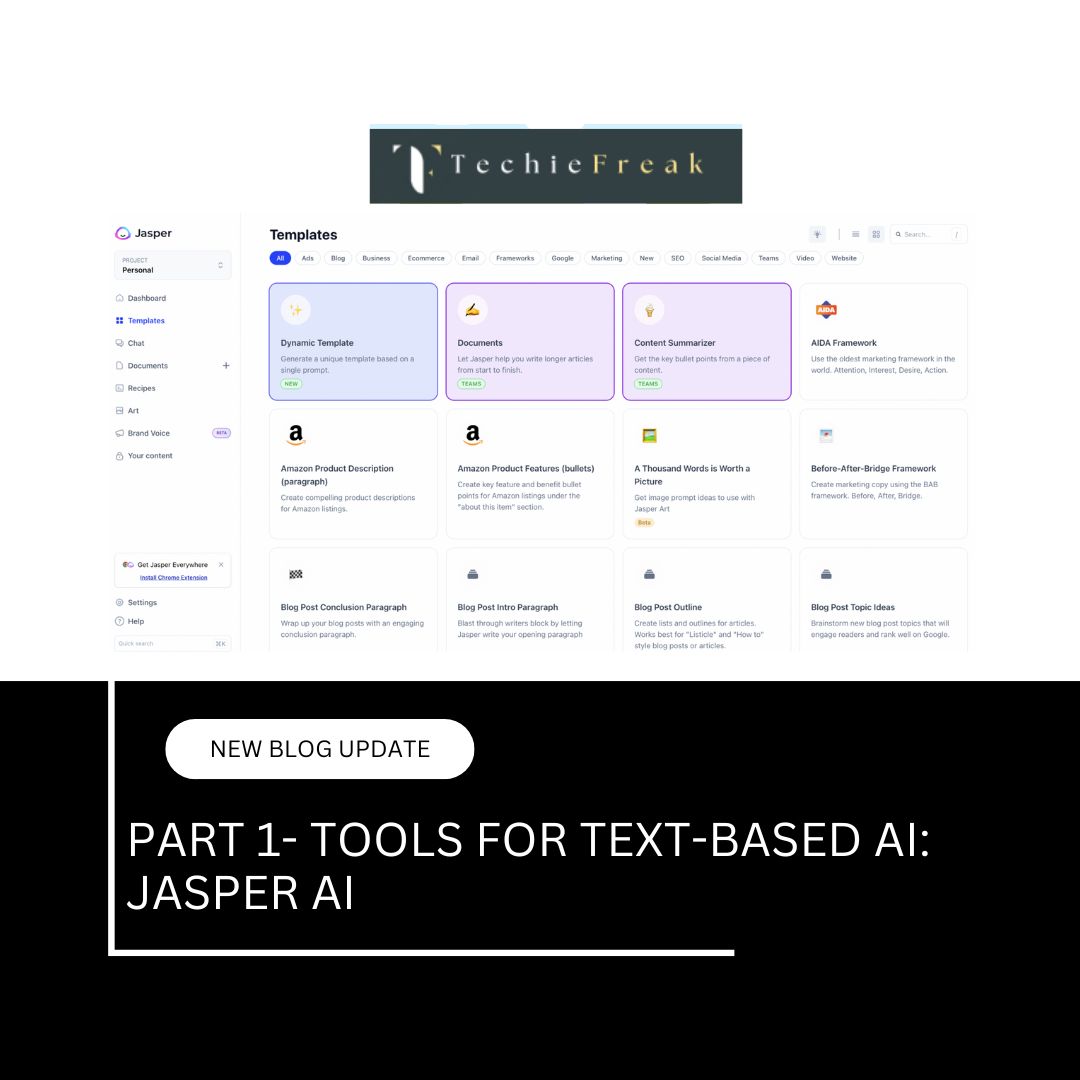


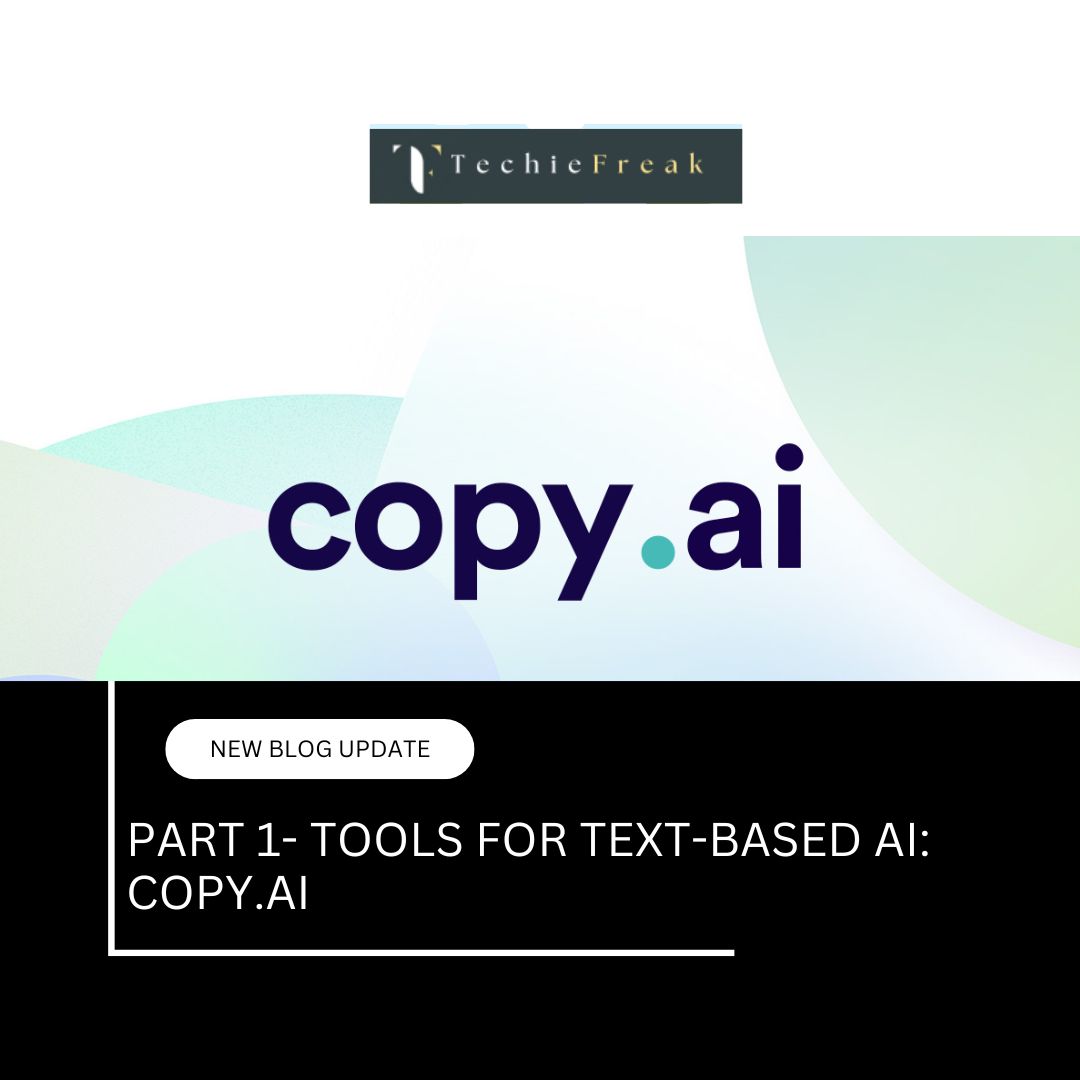
.jpg)
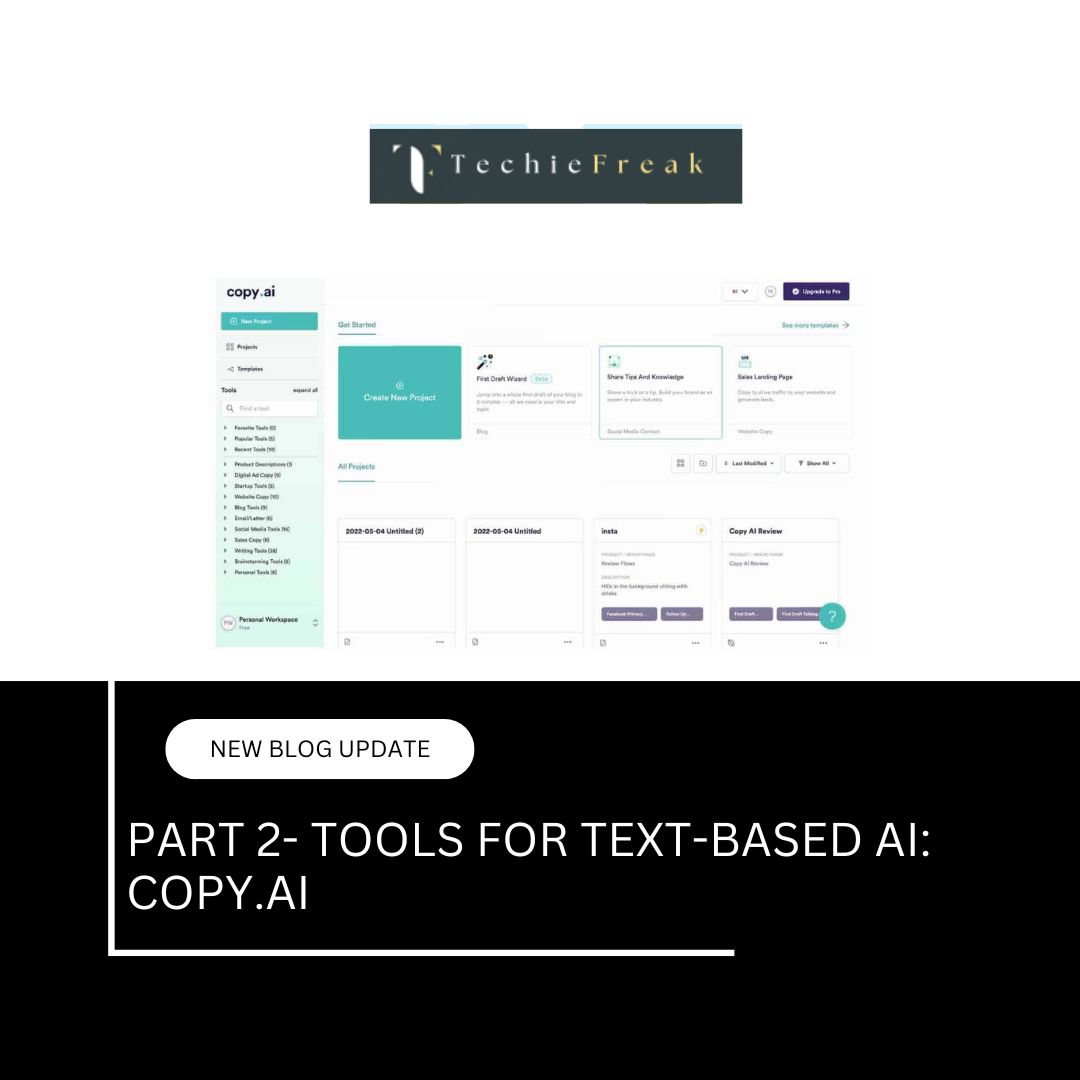
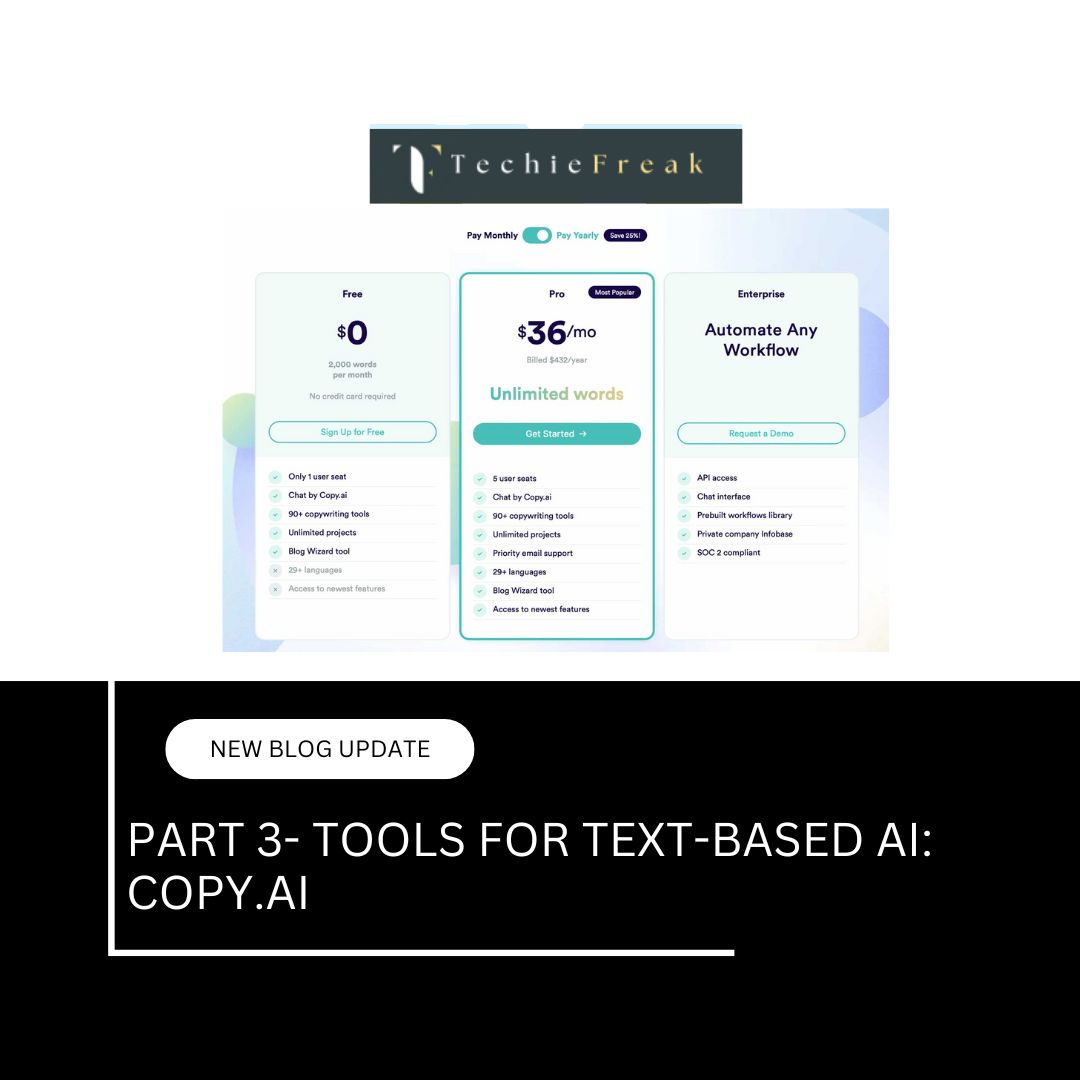
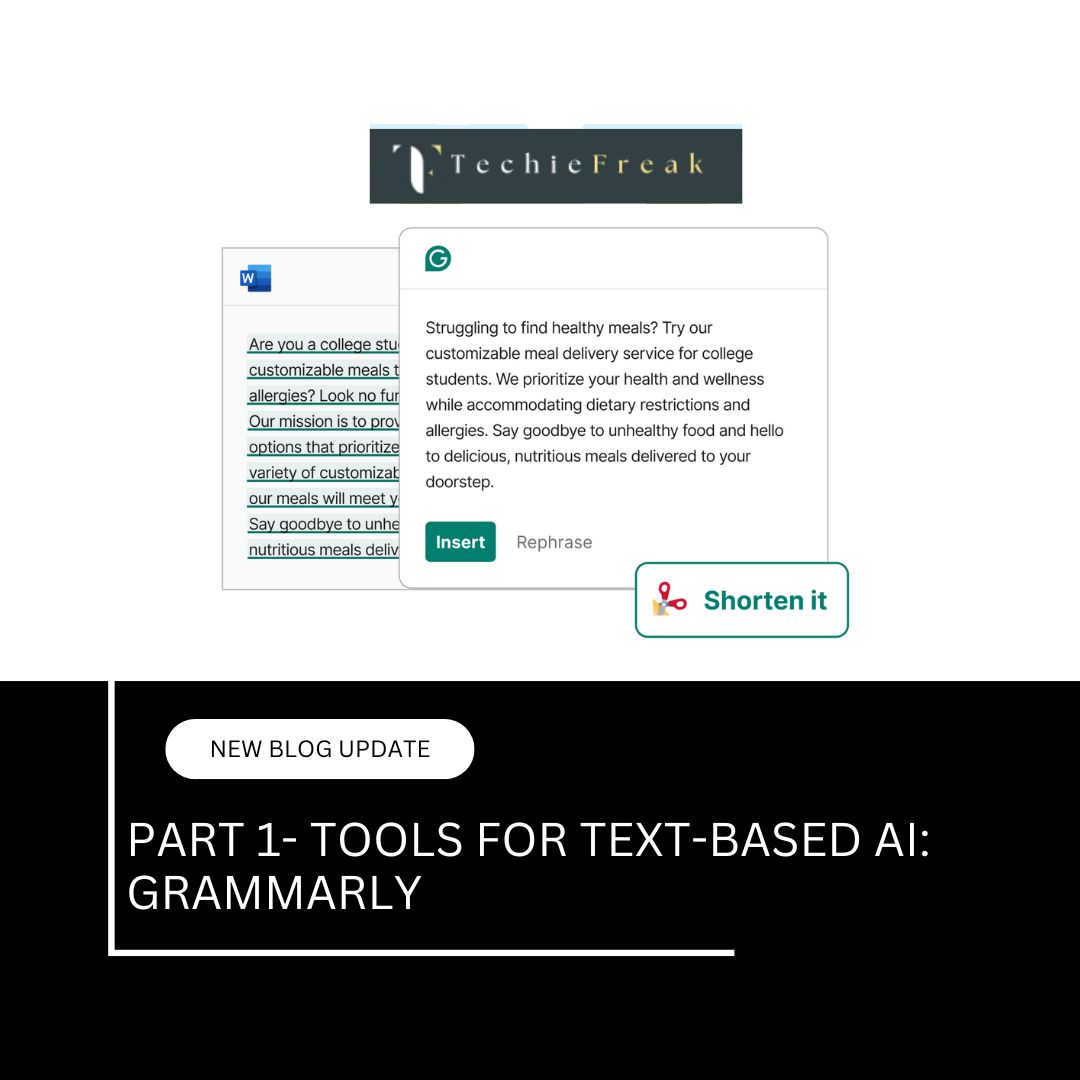
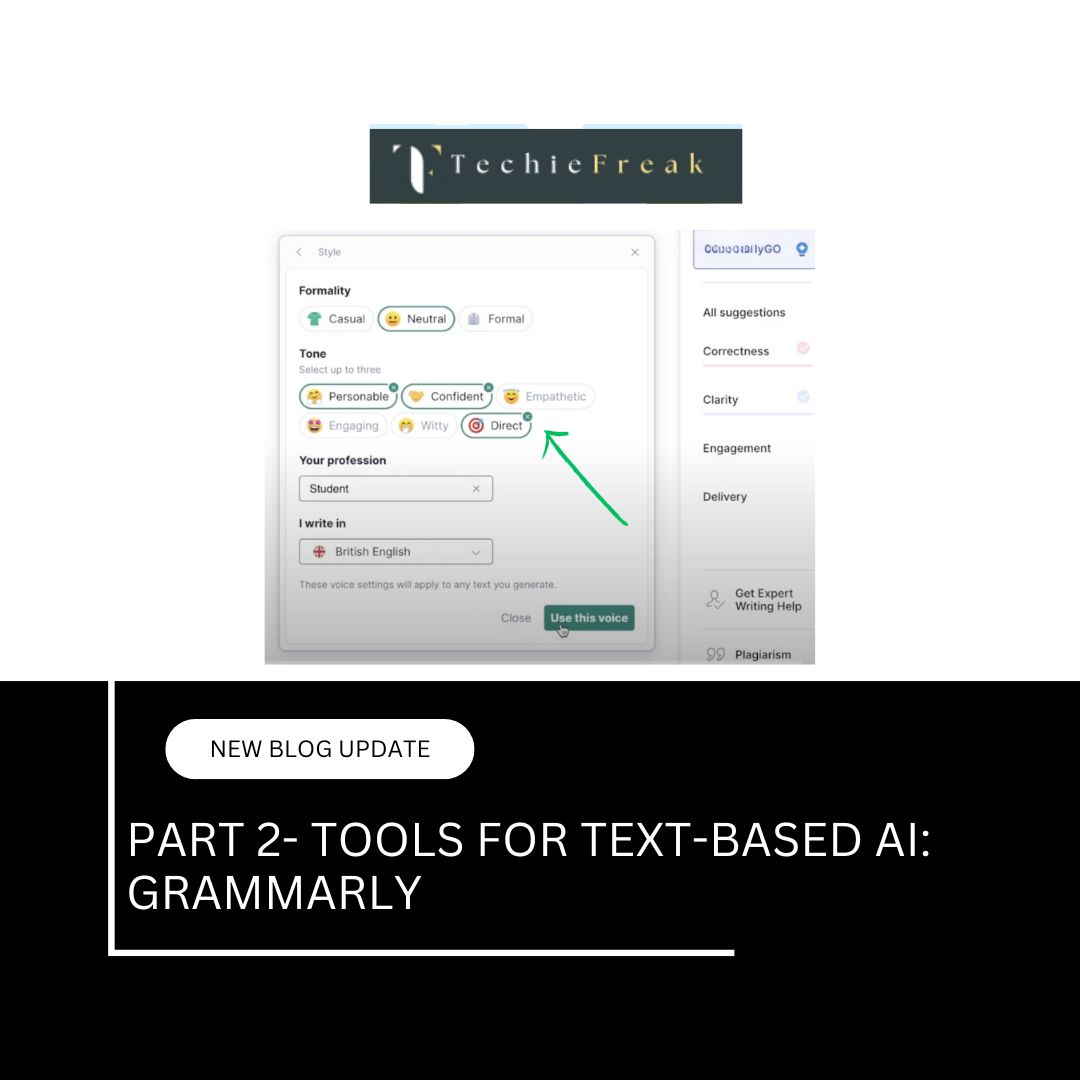
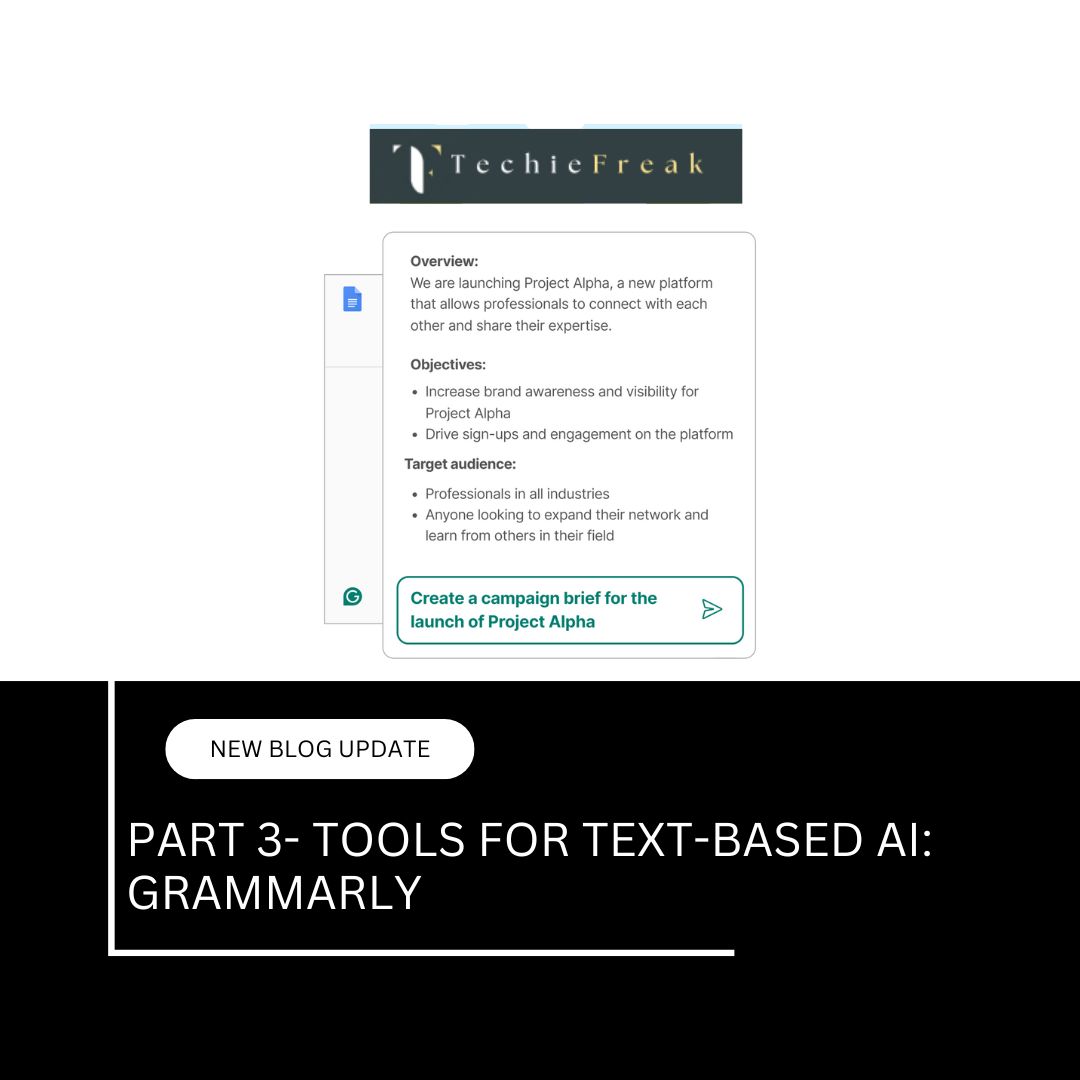
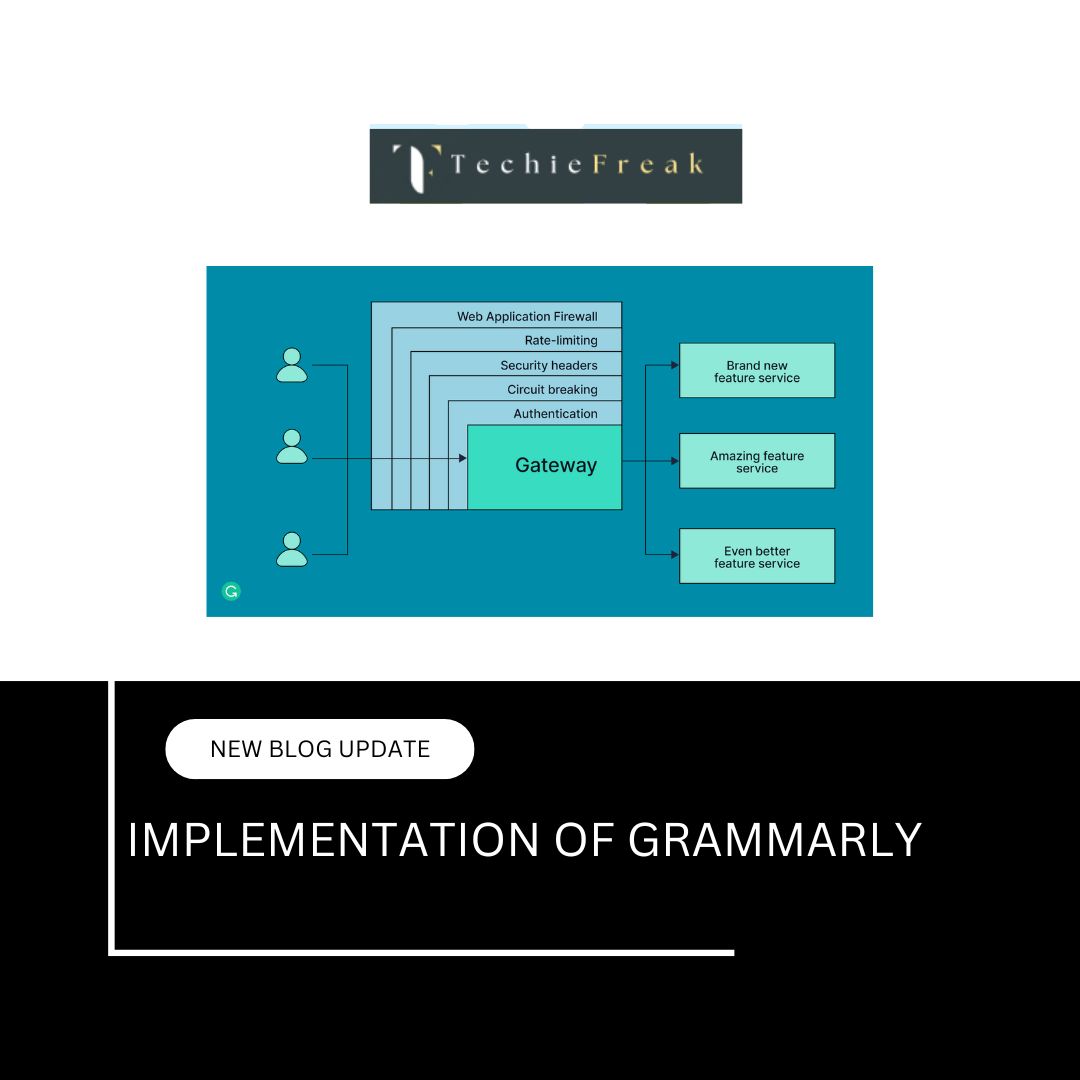




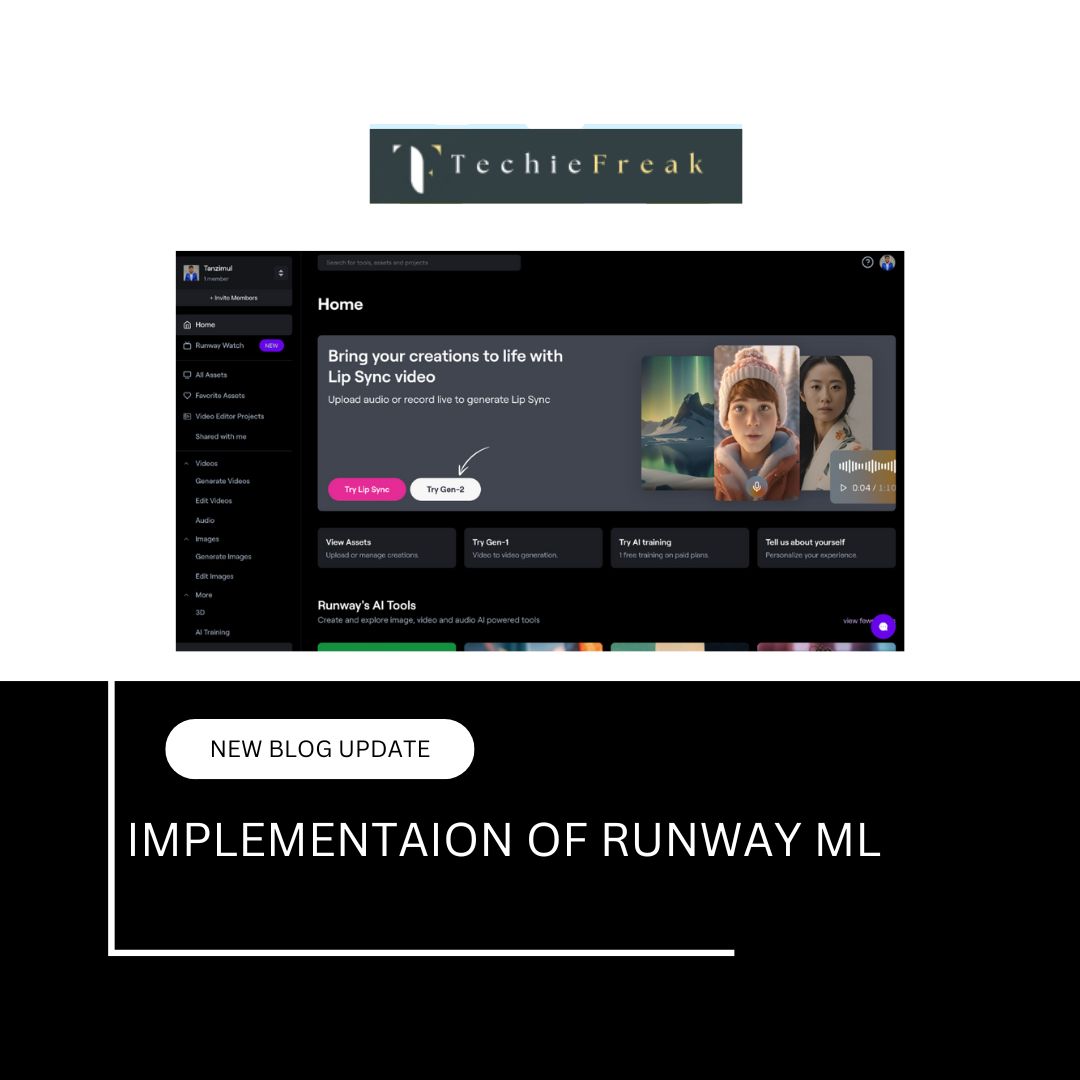


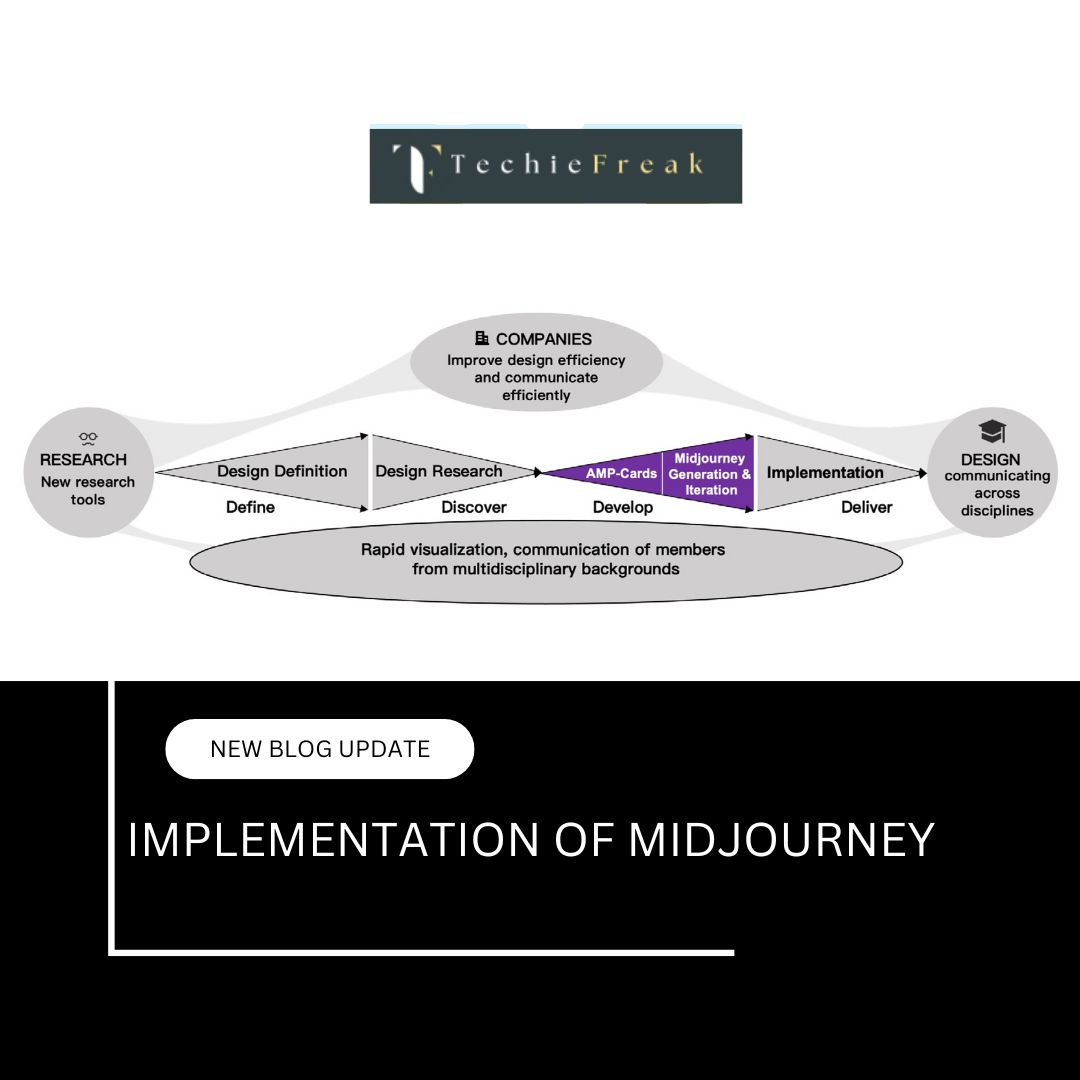
.jpg)


.png)
.png)
.png)
.png)
.png)
.png)
.png)
.png)
.png)
.png)
.png)
.png)
.png)
.png)
.png)
.png)
.png)
.png)
.png)
.png)
.png)
.png)
.png)
.png)
.png)
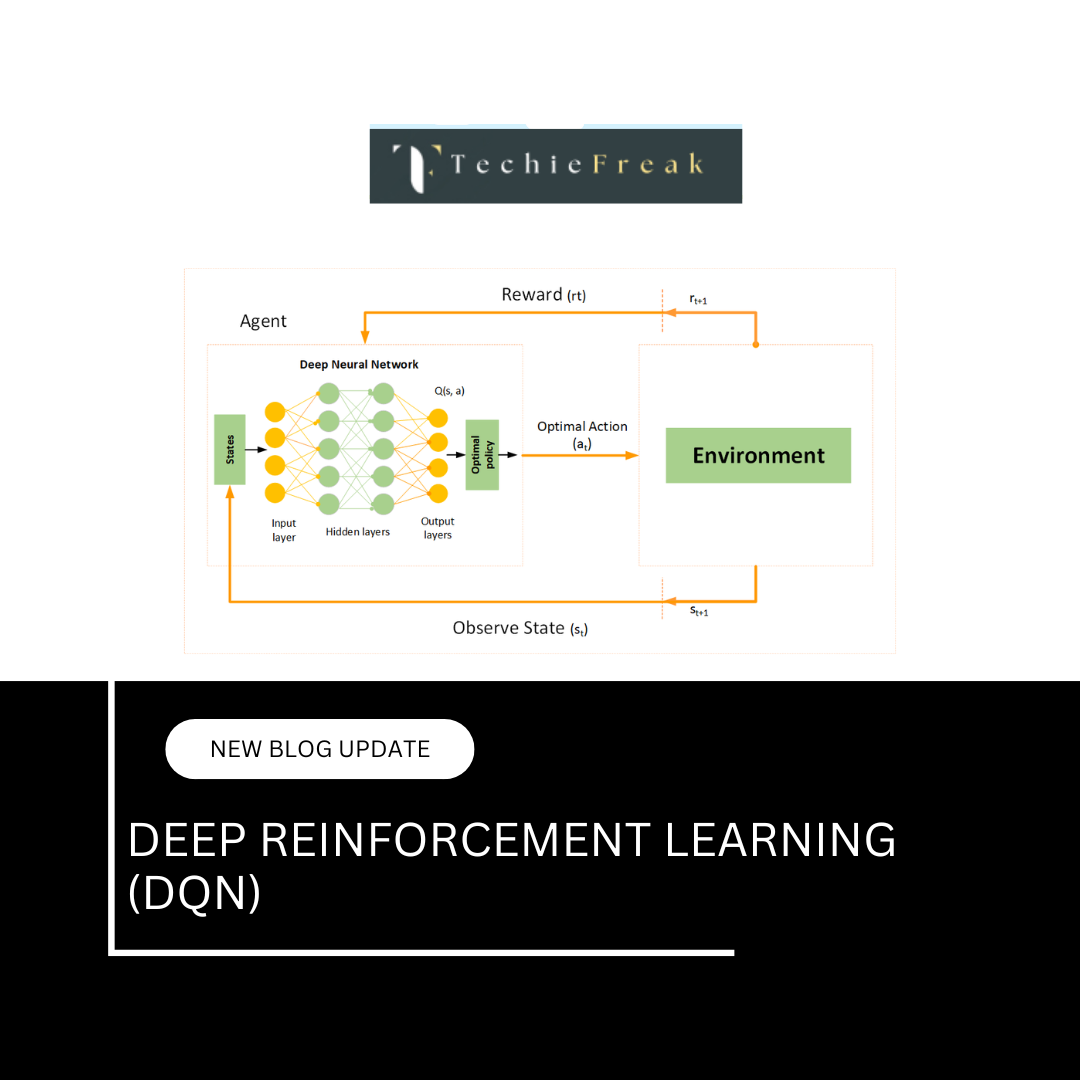
.png)
.png)
.png)
.png)
.png)
.png)

.png)




